To Australia by BIPLANE
Here is a nice short video done by the Old Fliers in Perth
Written by Peter McMillan
Flying a biplane halfway around the world means dealing with bad weather, breakdowns and bureaucrats.
All of Sumatra seemed to be on fire. From one end of the island to the other, farmers were burning fields to plant. We could hardly see the ground 2000 feet below for the smoke as we desperately searched for a piece of land. Our Vickers Vimy bomber was going down.
“Mayday. Mayday. Vimy1. Vimy1. We’ve had an engine failure” Lang Kidby radioed. “ We’re making an emergency landing”
The three-metre starboard propeller windmilled to a stop. Without both engines we could do little to slow the descent of the big, awkward biplane.
“See any place to land” I yelled
“What about there?” Kidby said, pointing to a dirt lane cutting through a rice paddy. Fighting to bring the Vimy’s nose around, I noticed three-metre-deep ditches on either side of the narrow road. Worse, a tip truck blocked our way.
Our photographer Jim Stanfield popped up with a camera from a seat in the nose, blocking my view. “Jim, not now!” I yelled. “We’re about to crash!” He disappeared.
At less than 50 feet, I revved the engine, spun the plane to the right and pancaked down into a recently burnt field. Our landing gear slammed hard, the big tyres hitting a 60-centimetre-high wall.
“Hit the brakes!” Kidby shouted.
We bounced more than 90 metres, shearing the tops off three more walls, wings sweeping through waist-high grass, before rolling to a stop within spitting distance of a field full of tree stumps and smouldering fire.
“You OK?” yelled engineer Dan Nelson, scrambling out of the rear cockpit. “What happened?”
“The engine quit,” I said. Removing my helmet and goggles, I was amazed to see a crowd gathering.
‘Why have you come here?’ a man called out.
I looked at him. How could I explain what had driven Kidby, a former Australian Army pilot, and me, a San Francisco investment broker, to quit our jobs, spend every penny we had and risk our lives?
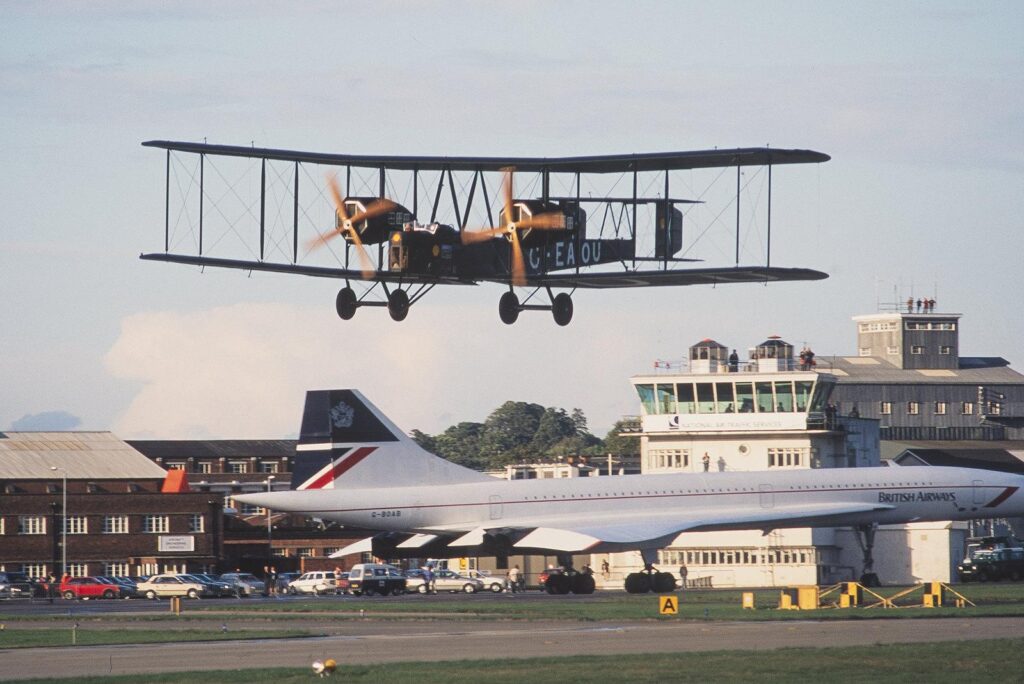
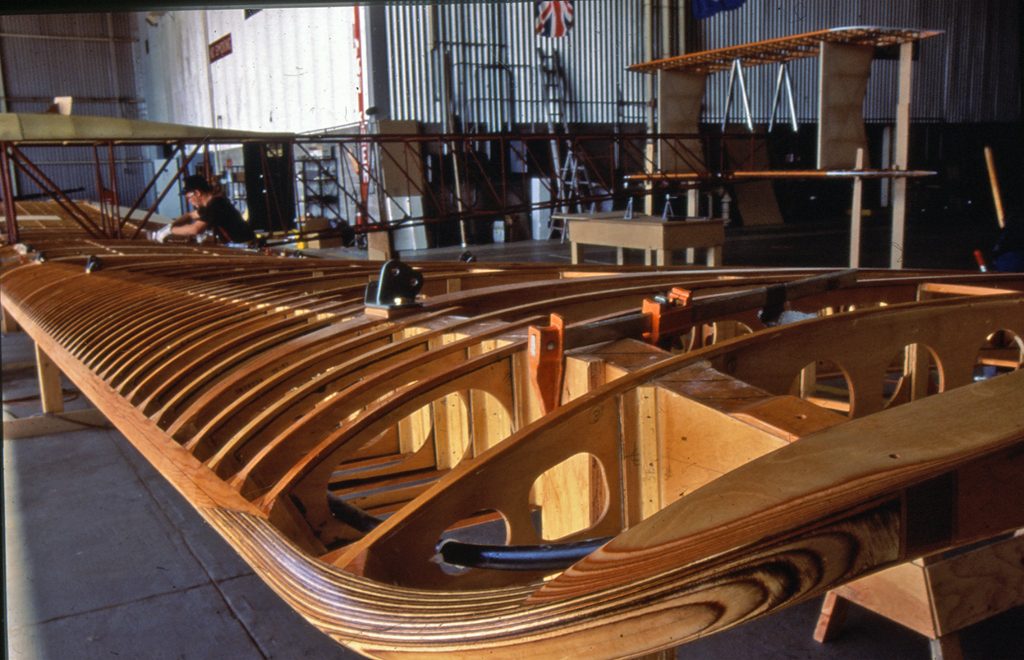

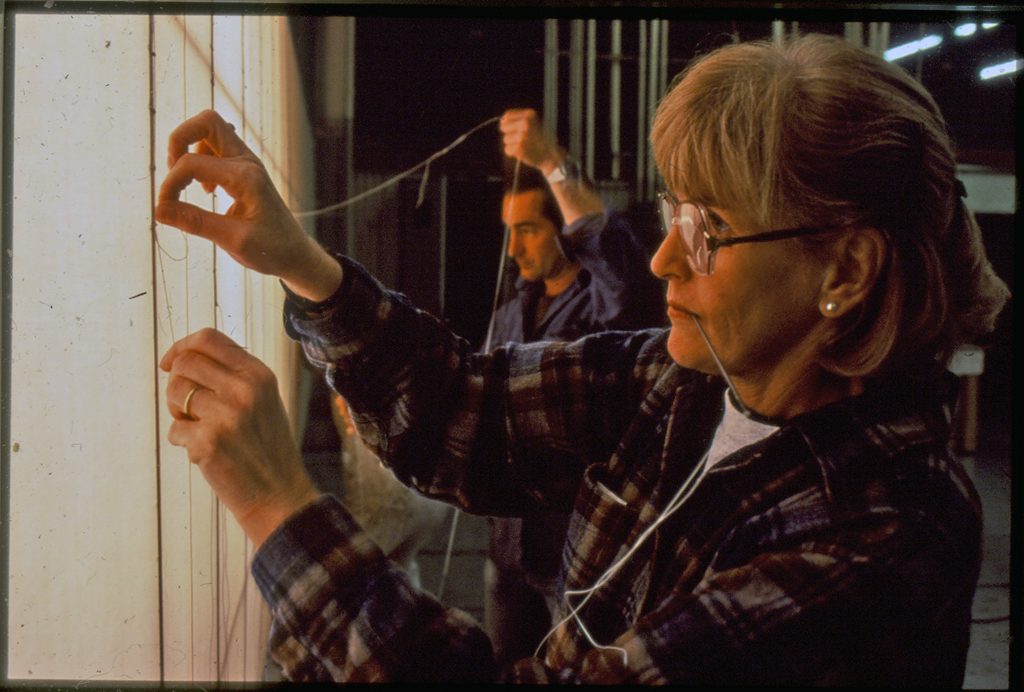
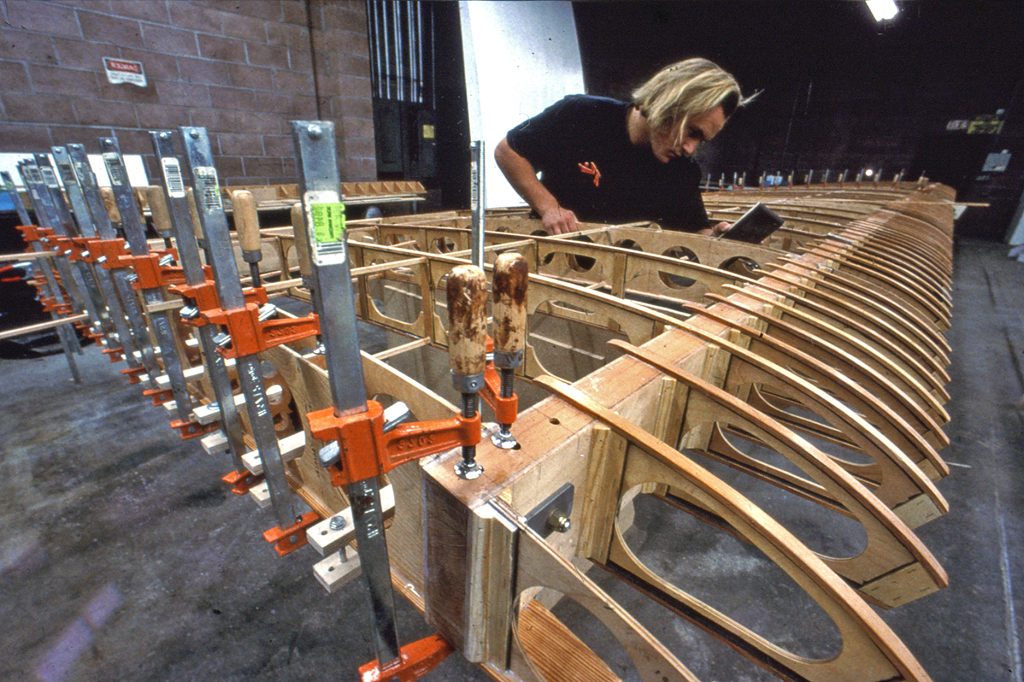
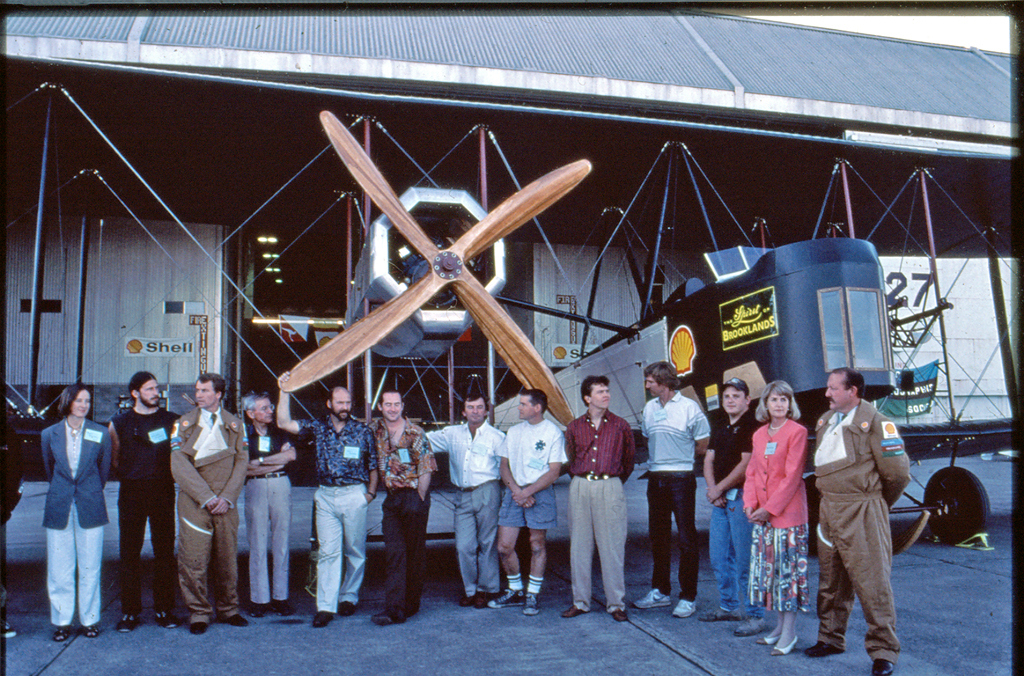
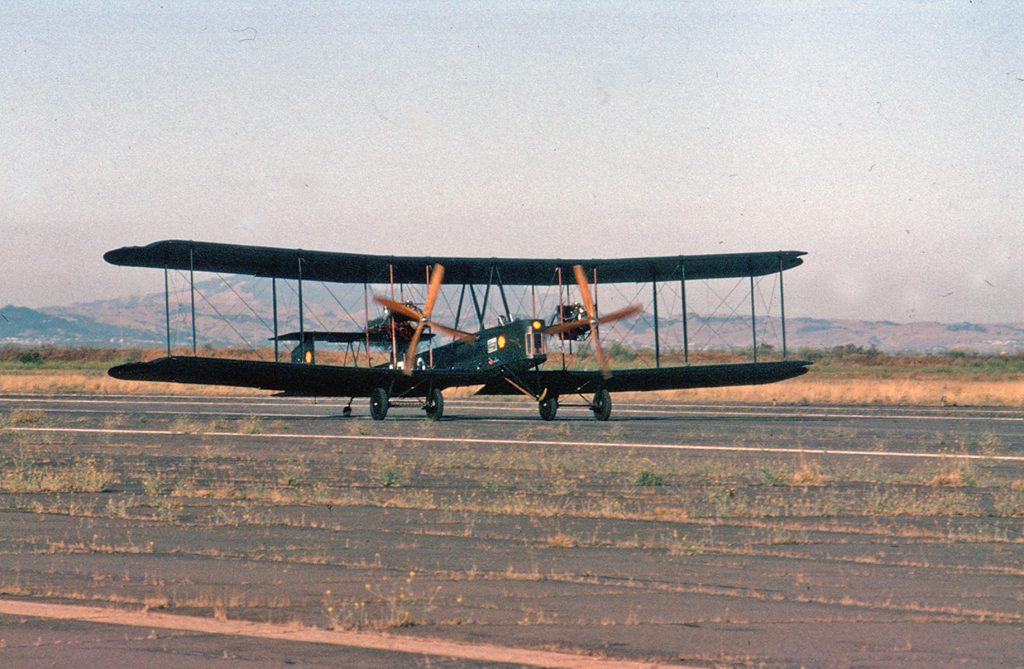
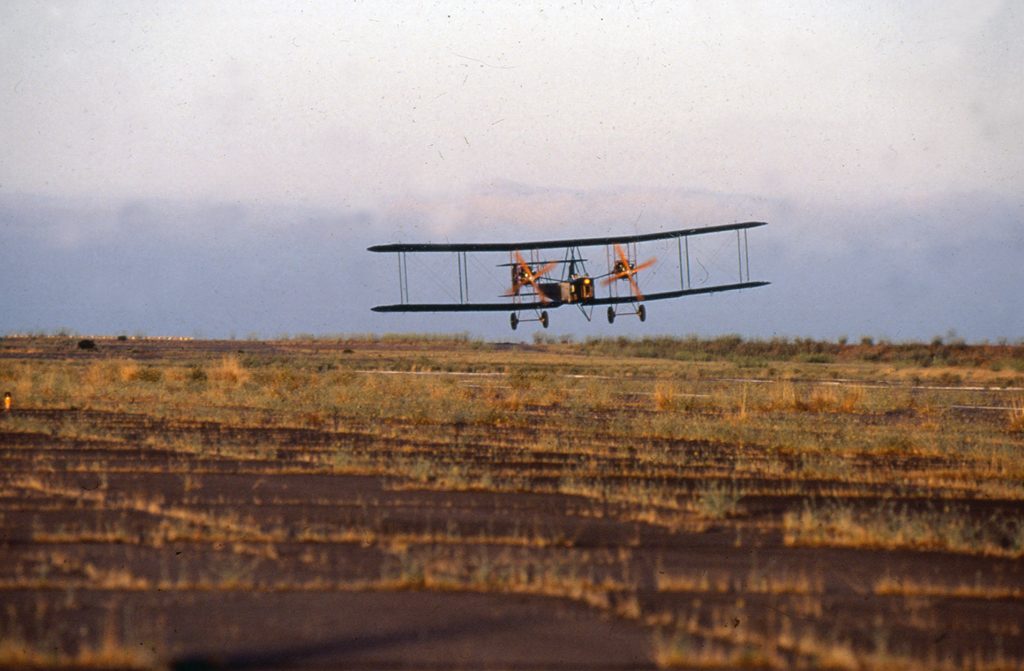
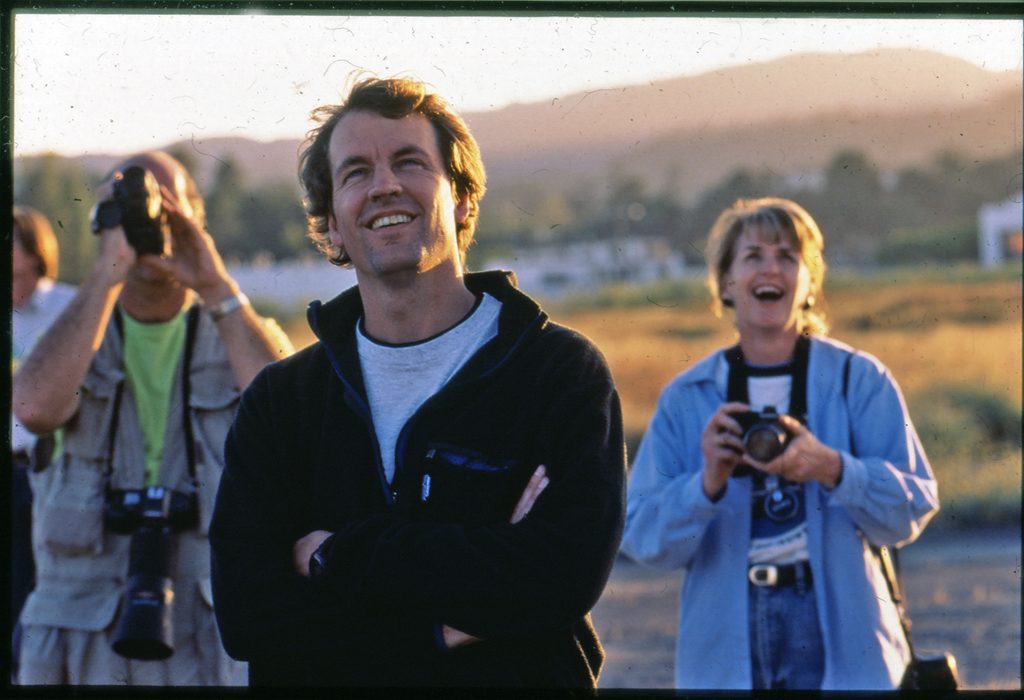
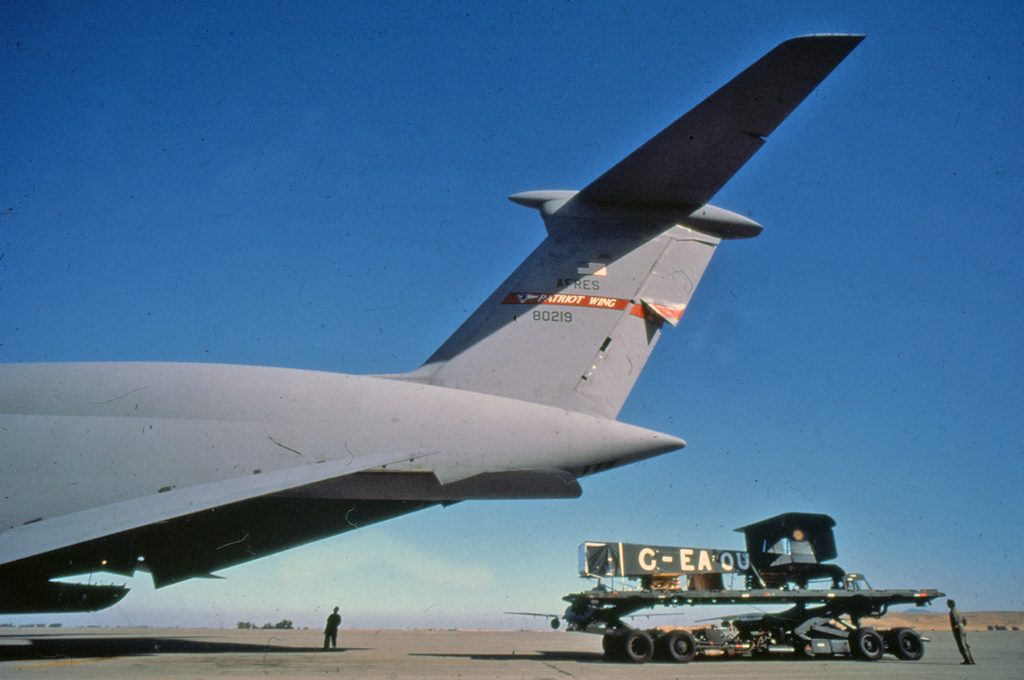
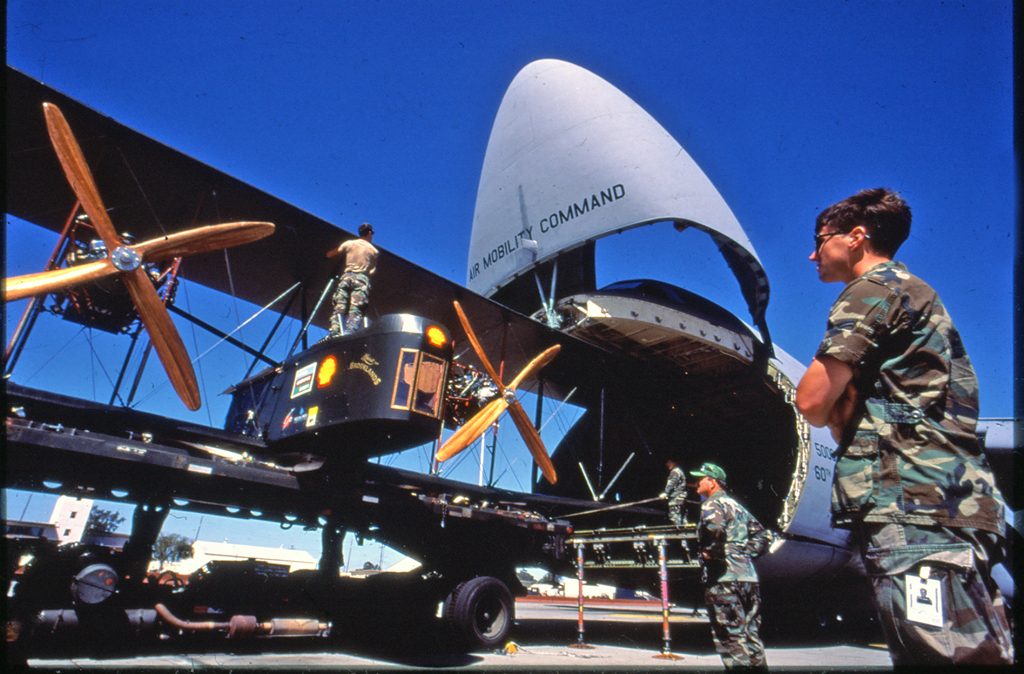
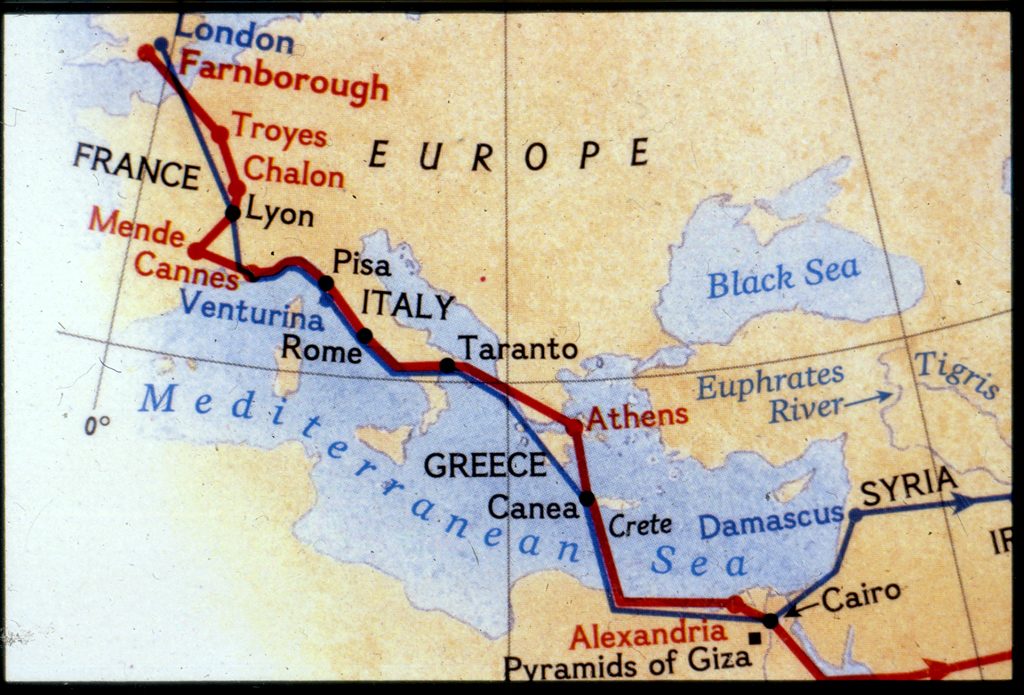
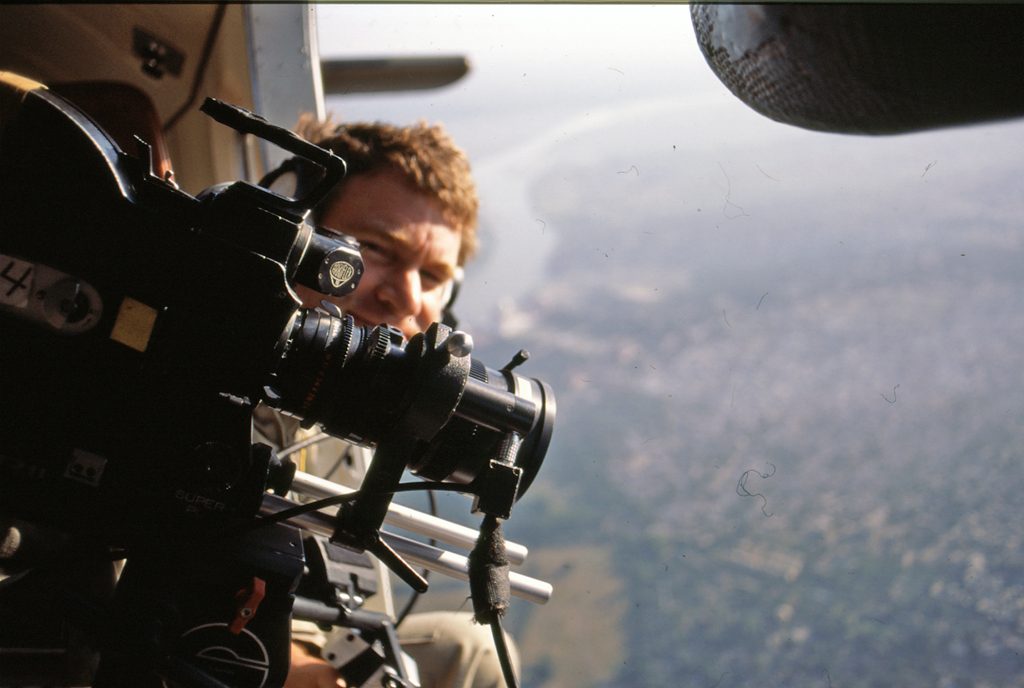
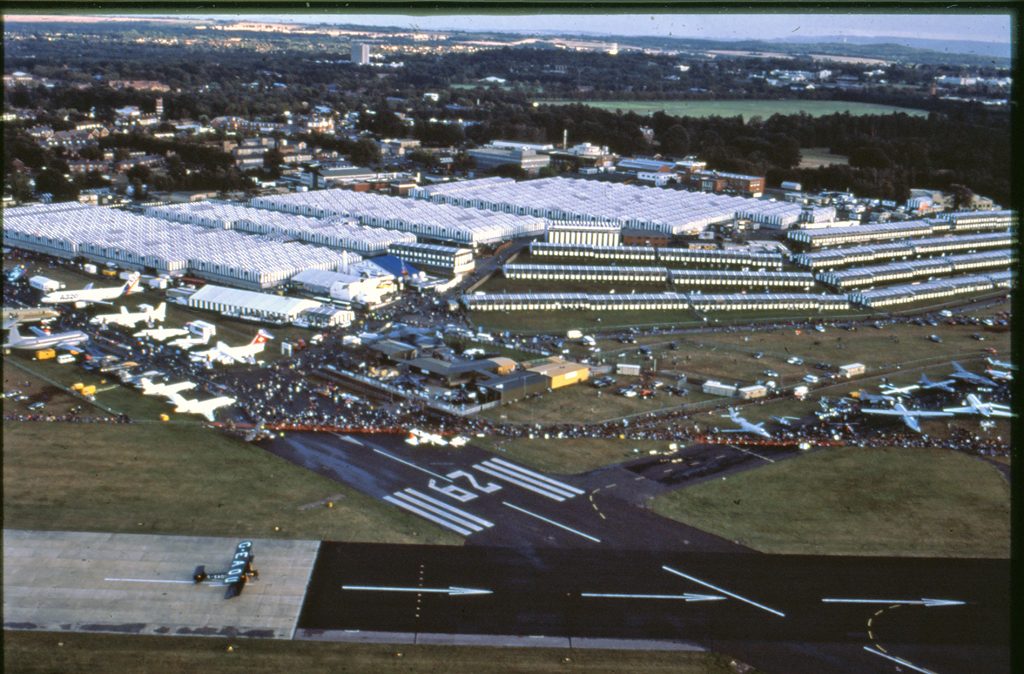
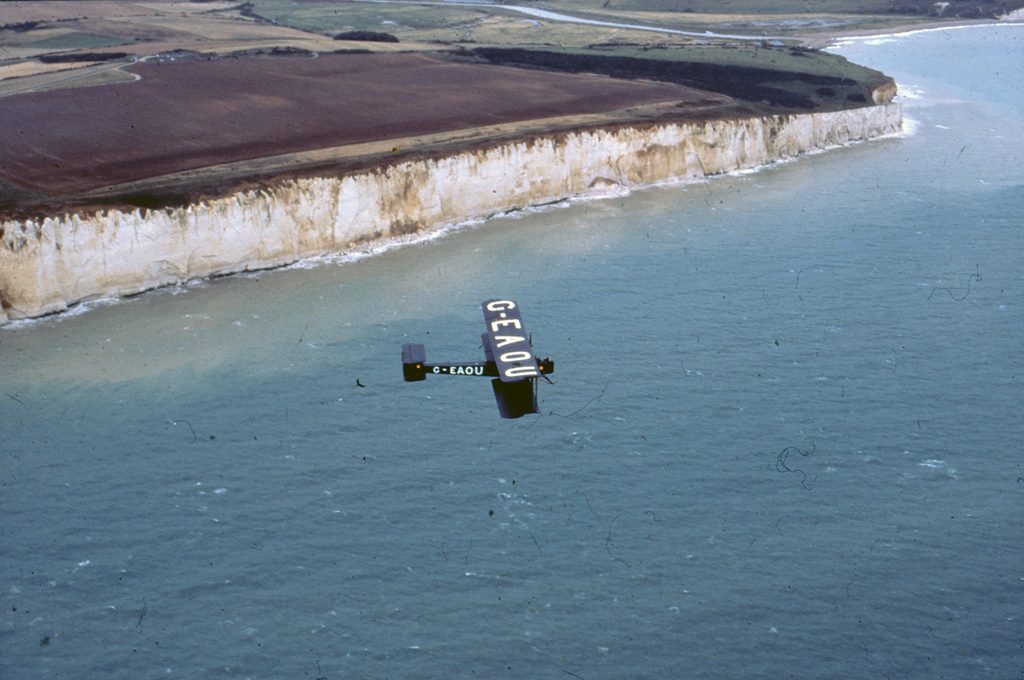
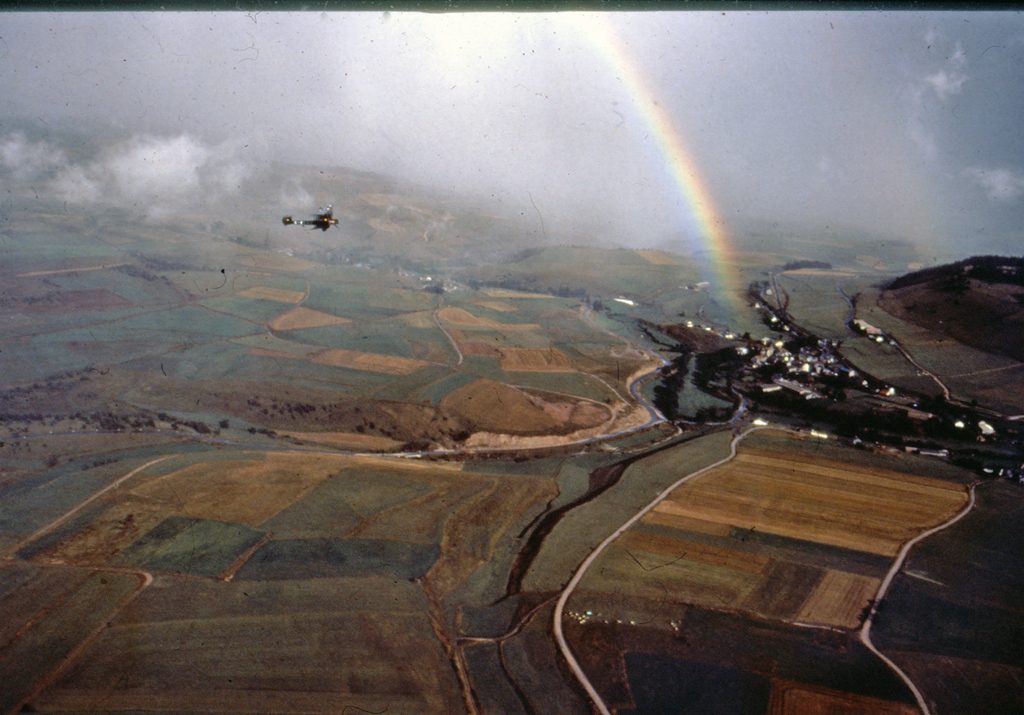
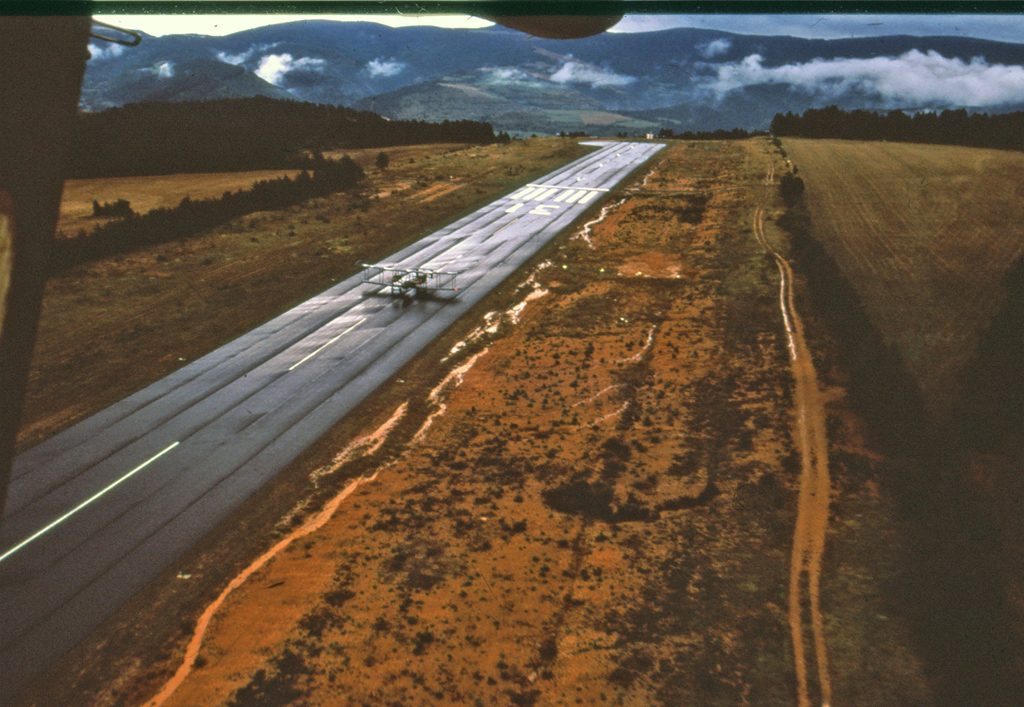
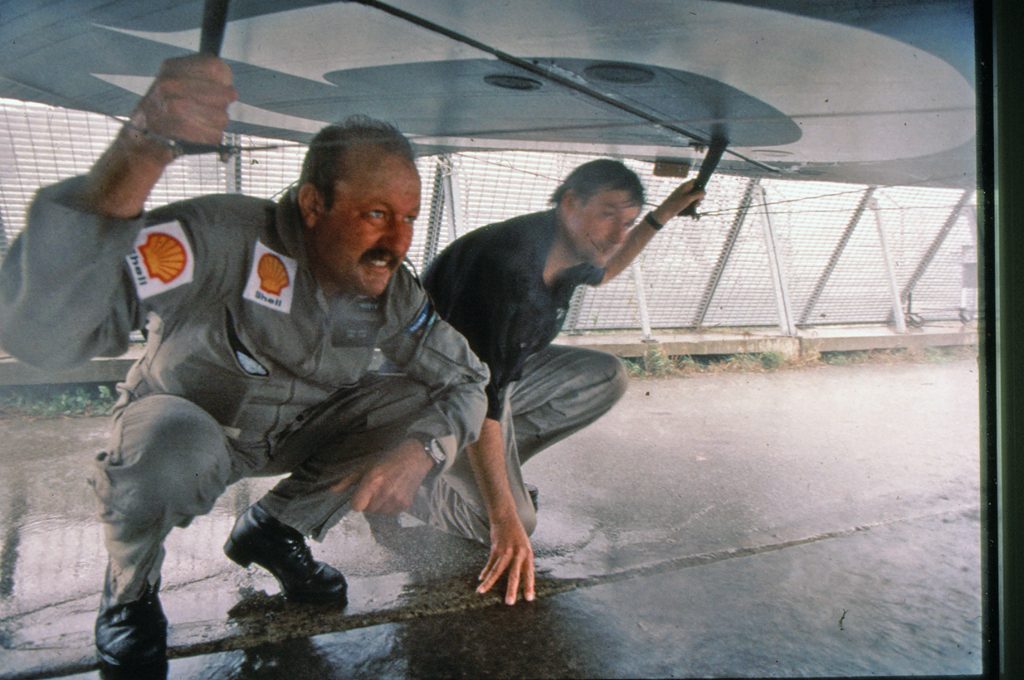


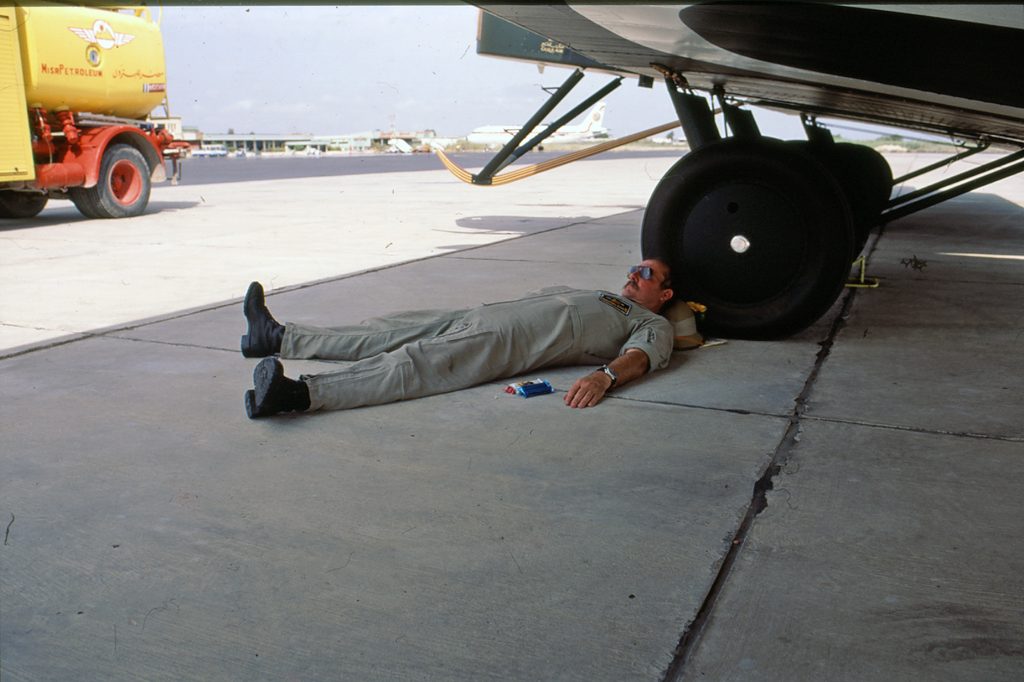
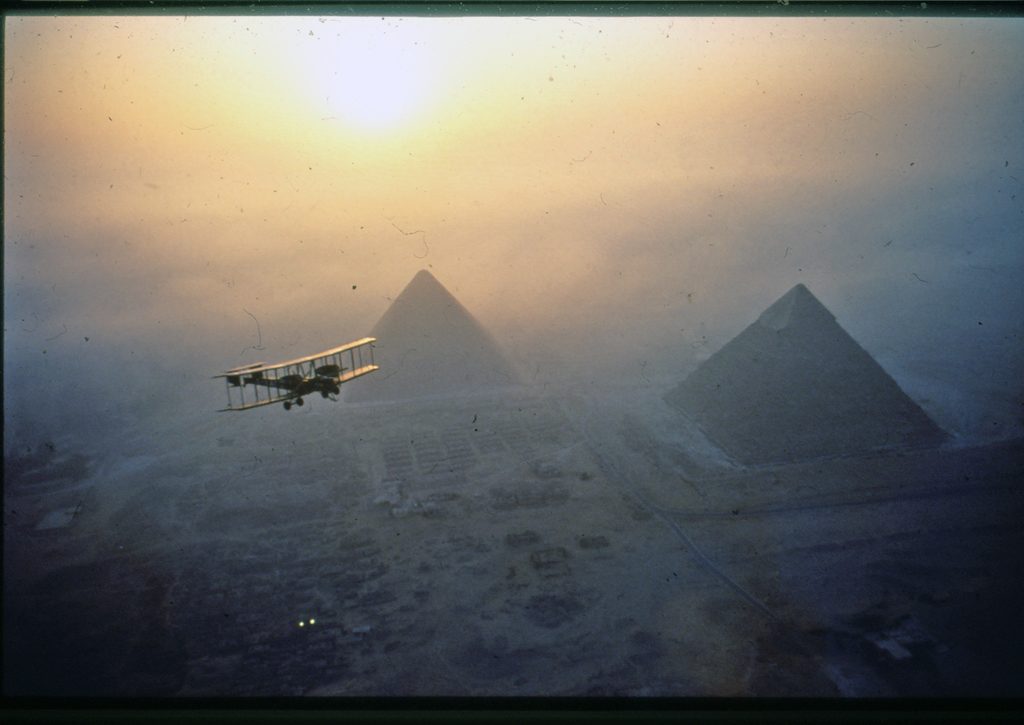
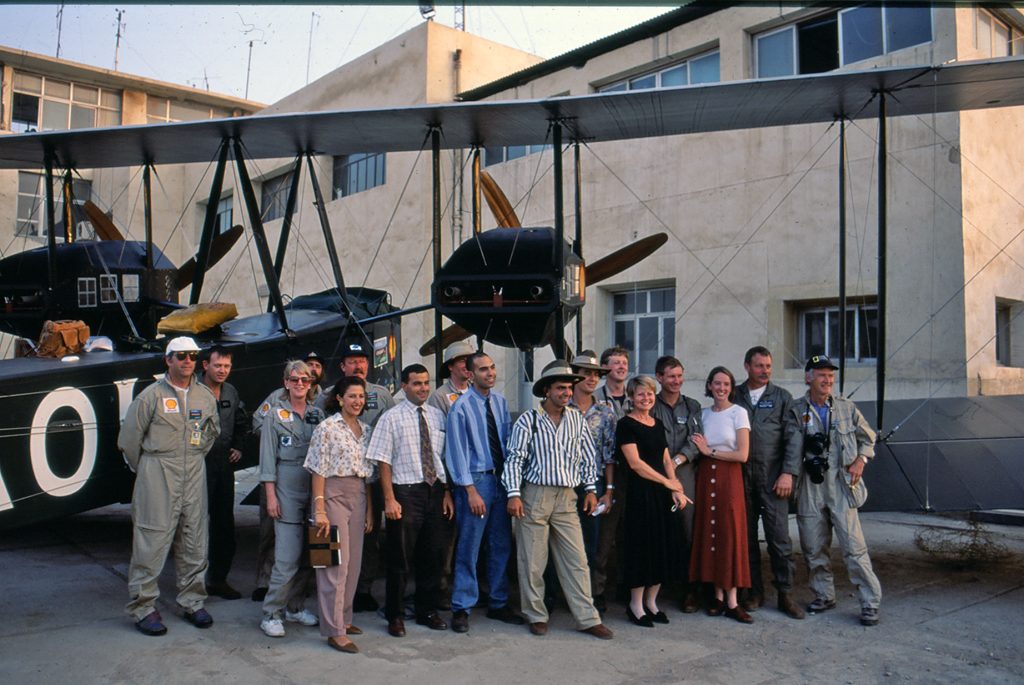
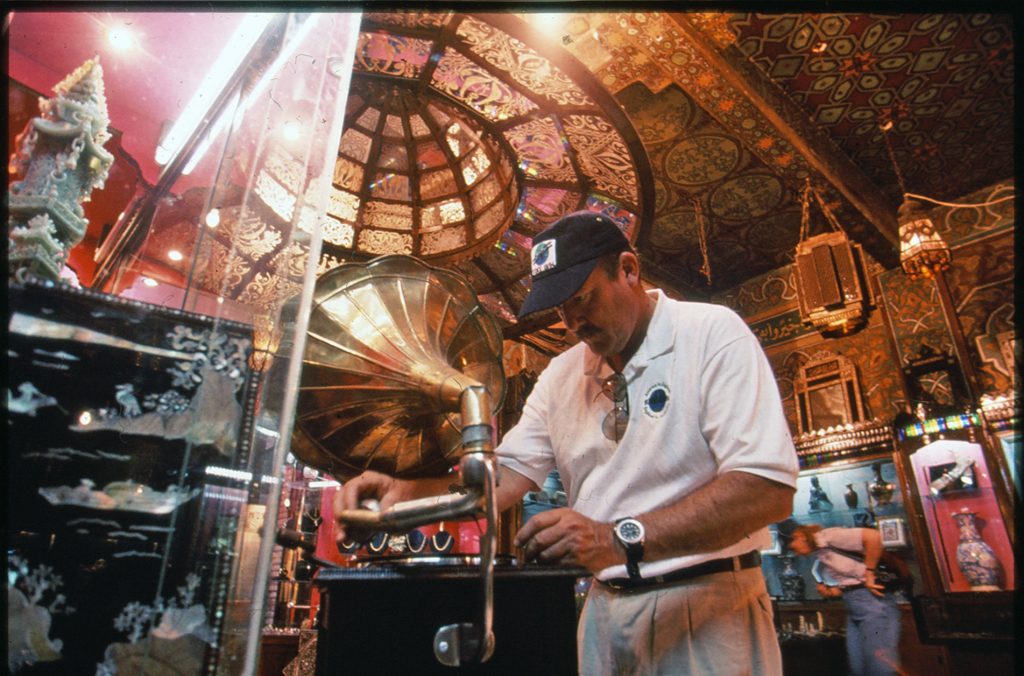

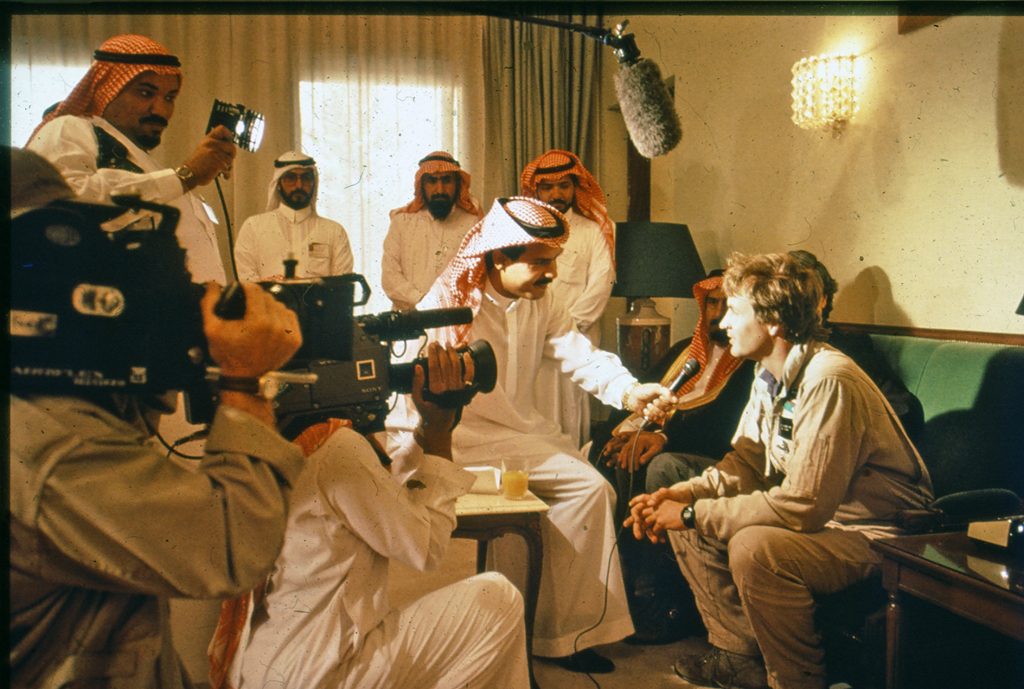
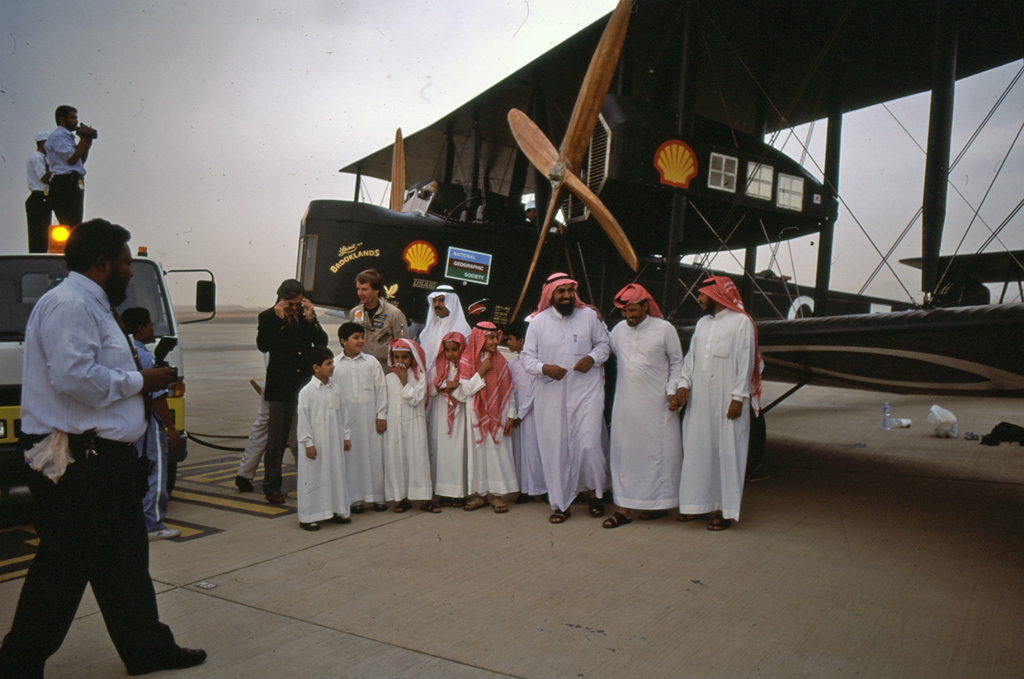
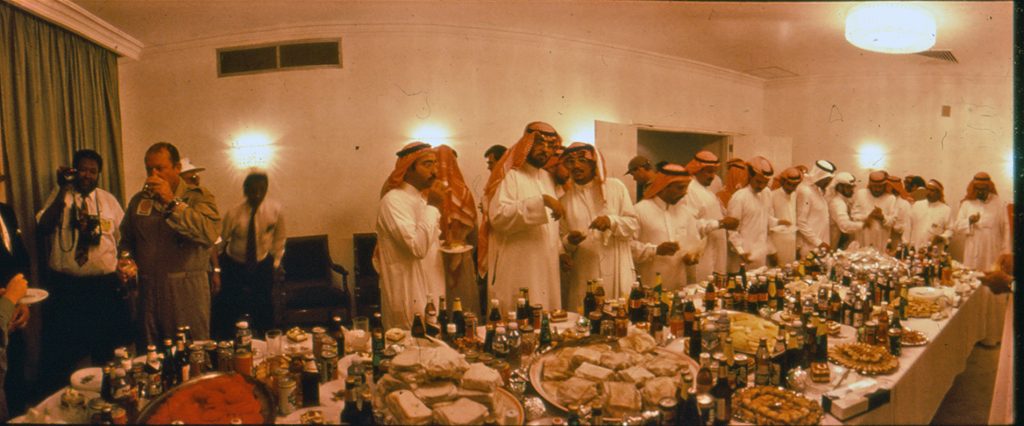
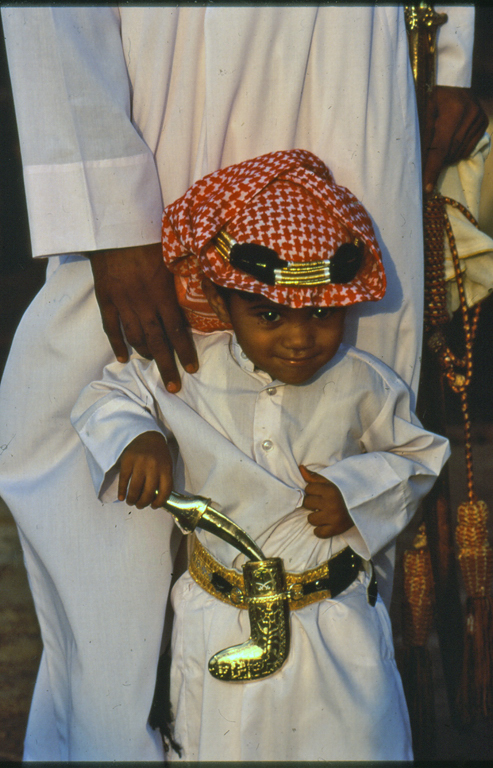
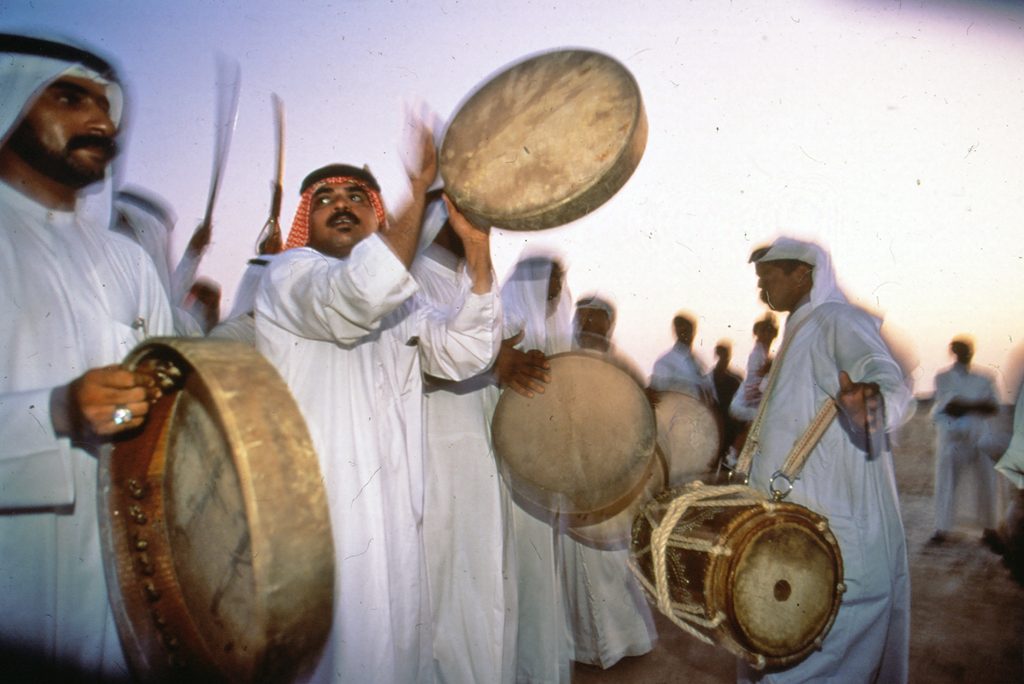
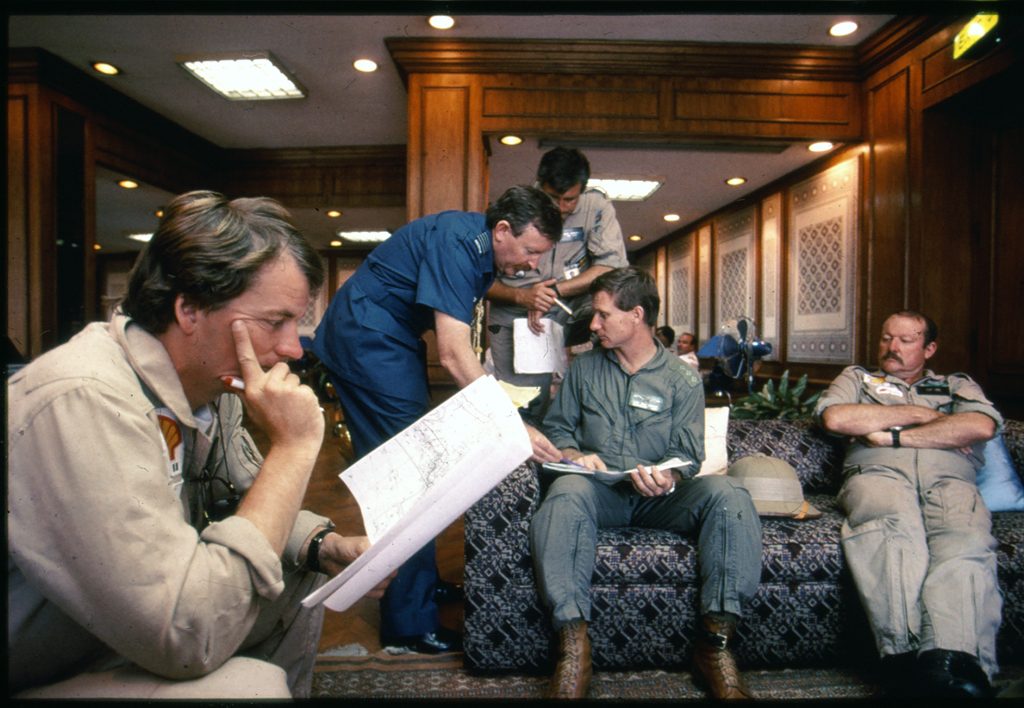
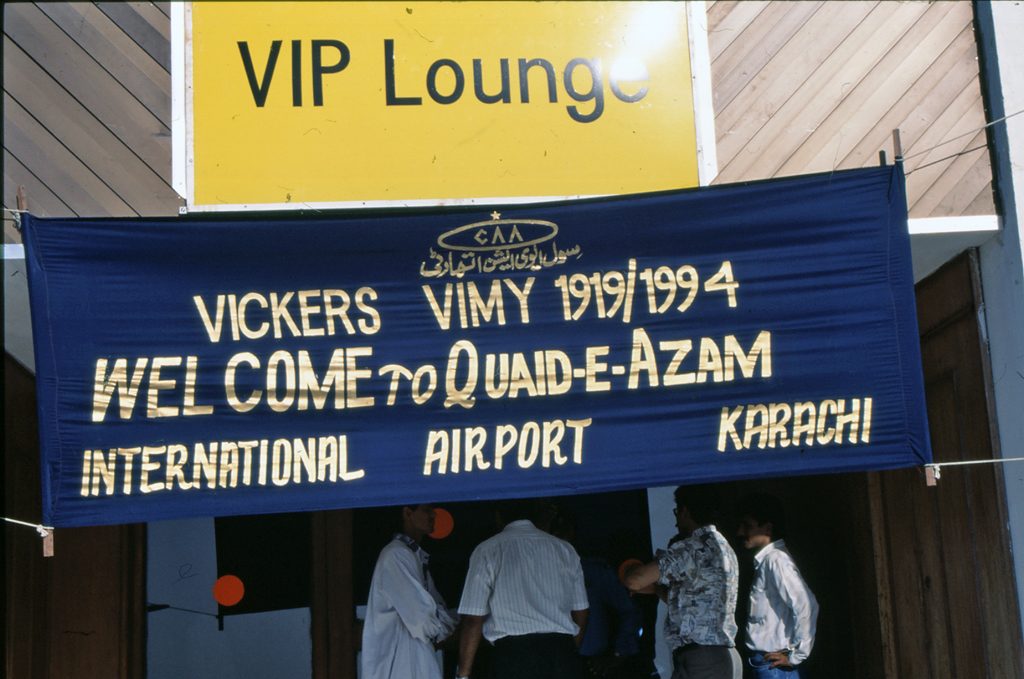

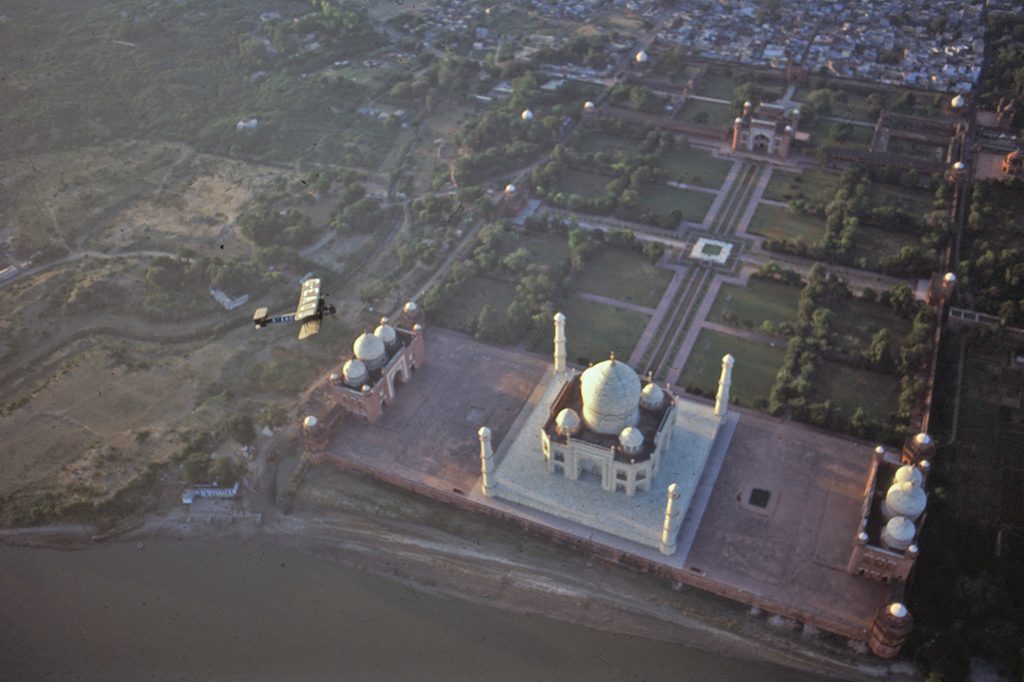

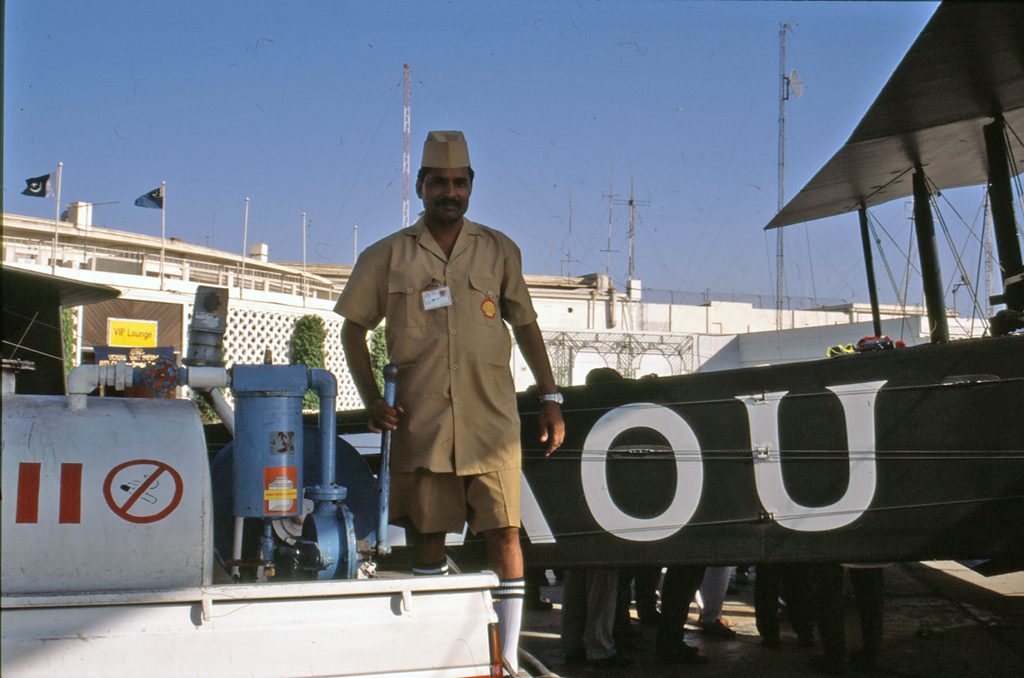
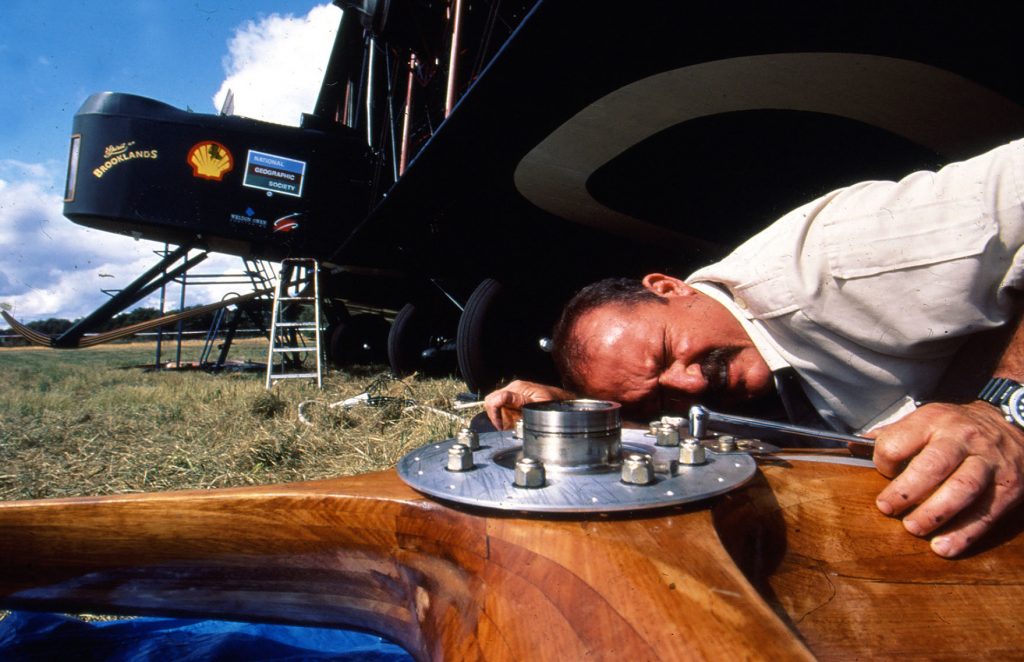
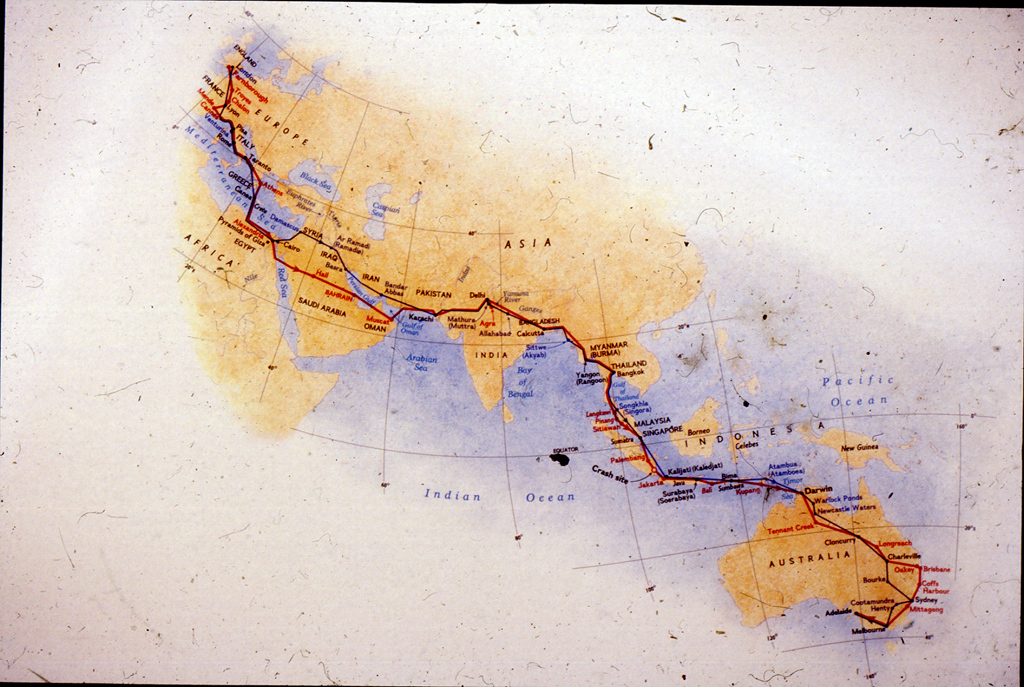
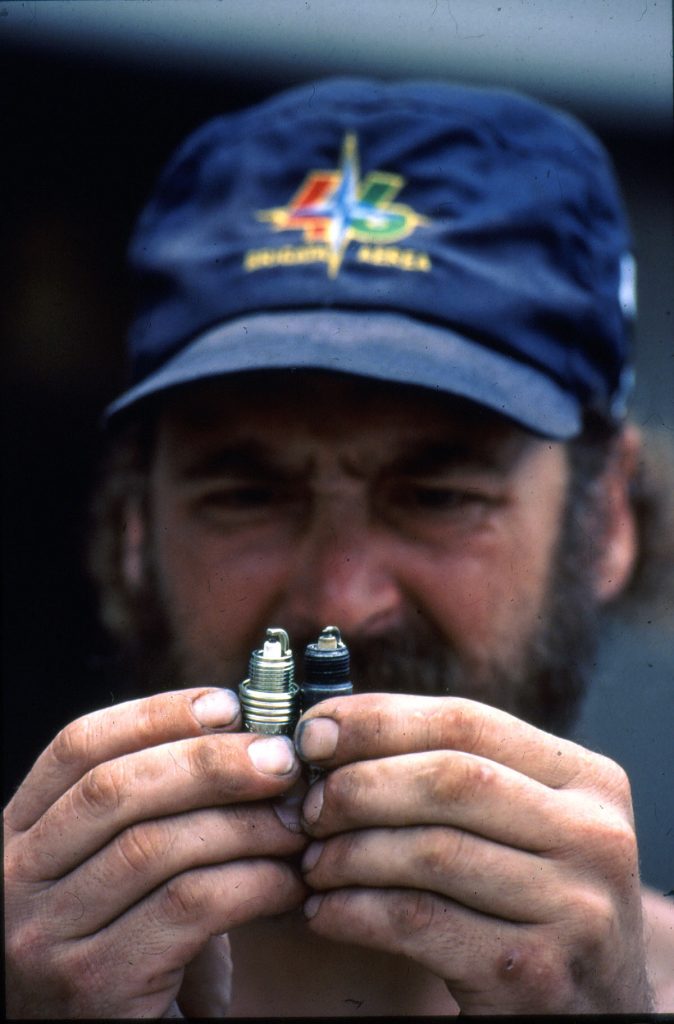
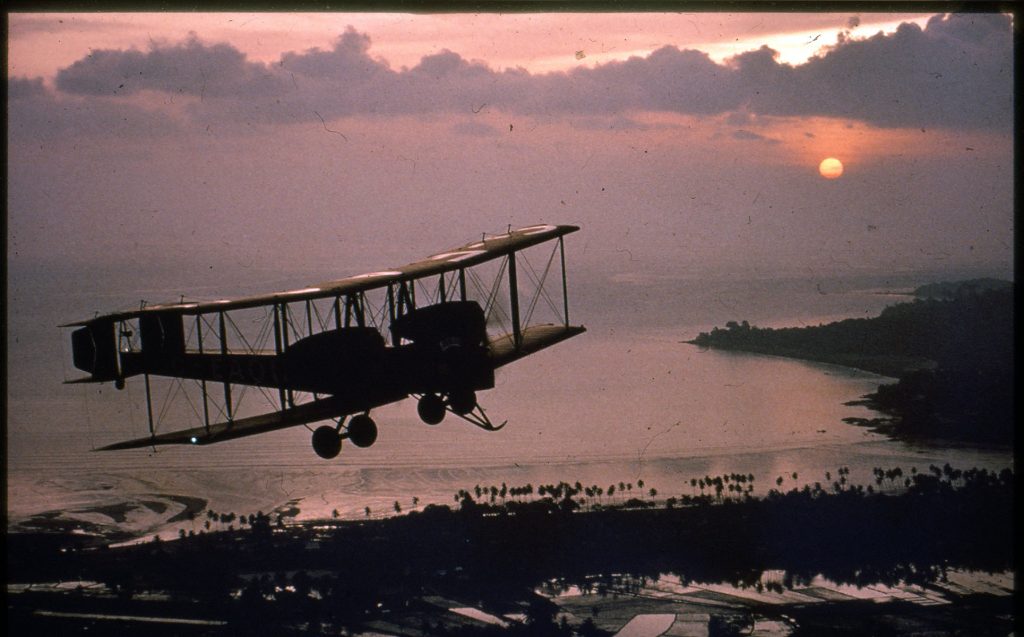
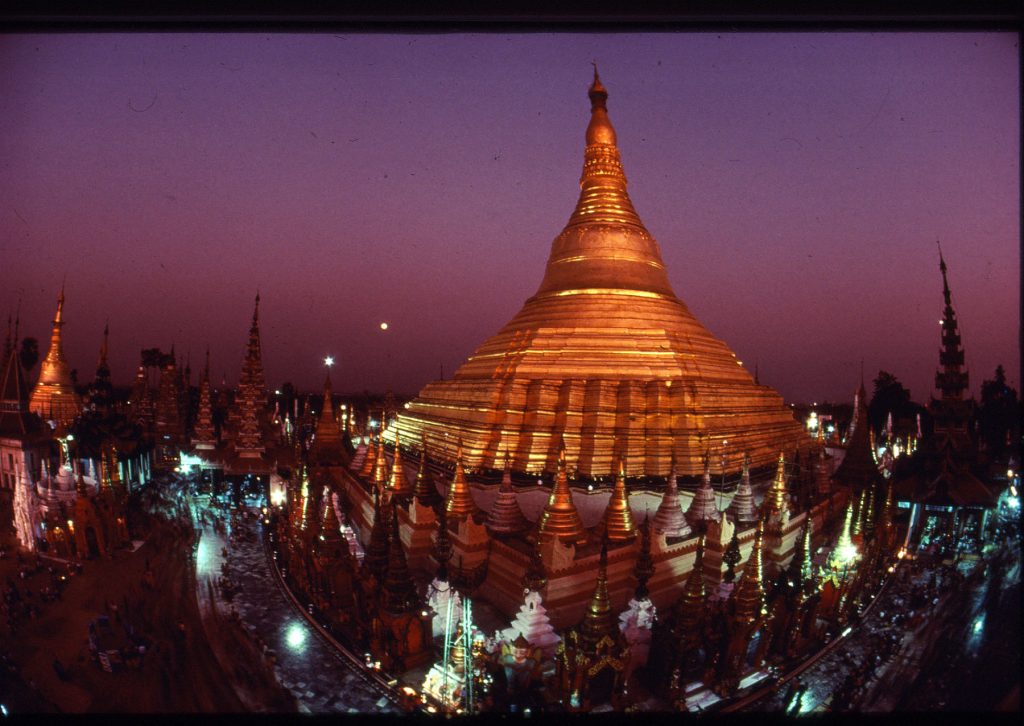
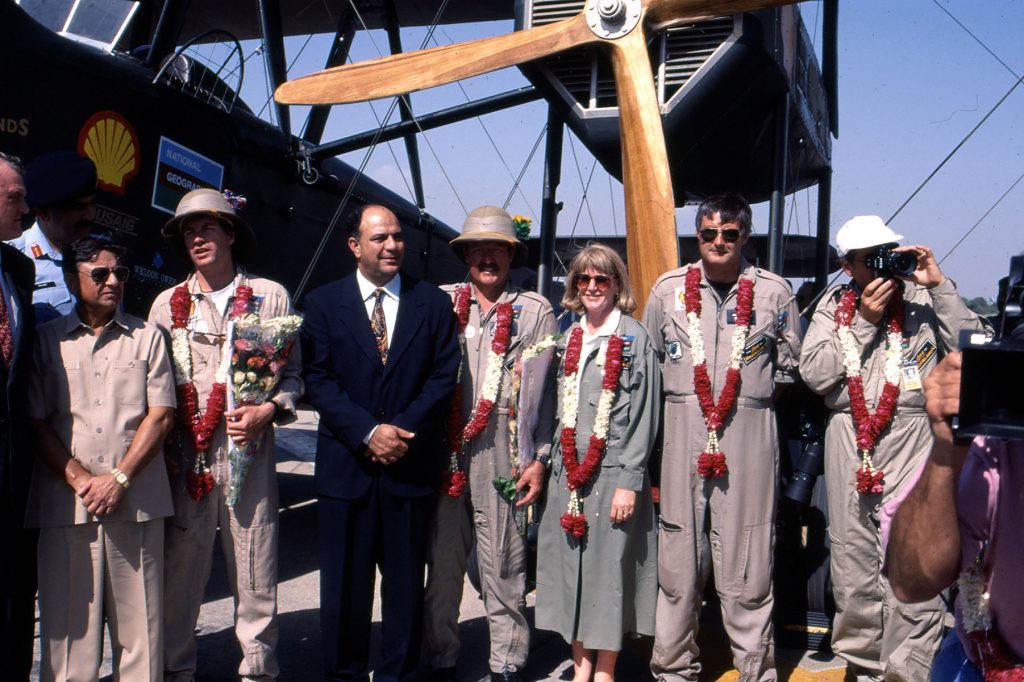
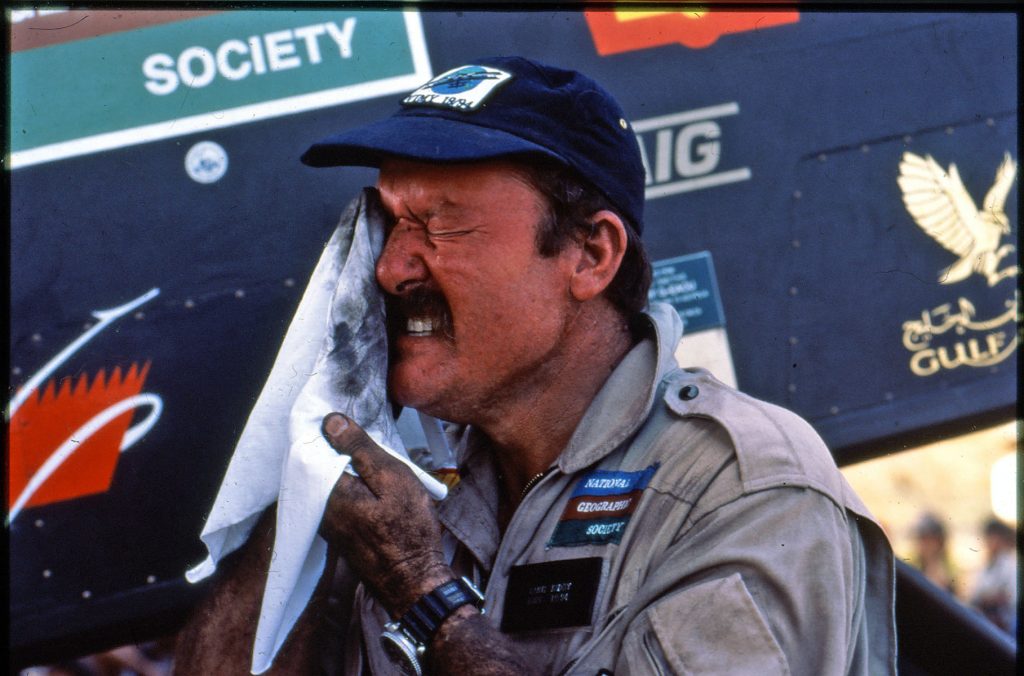
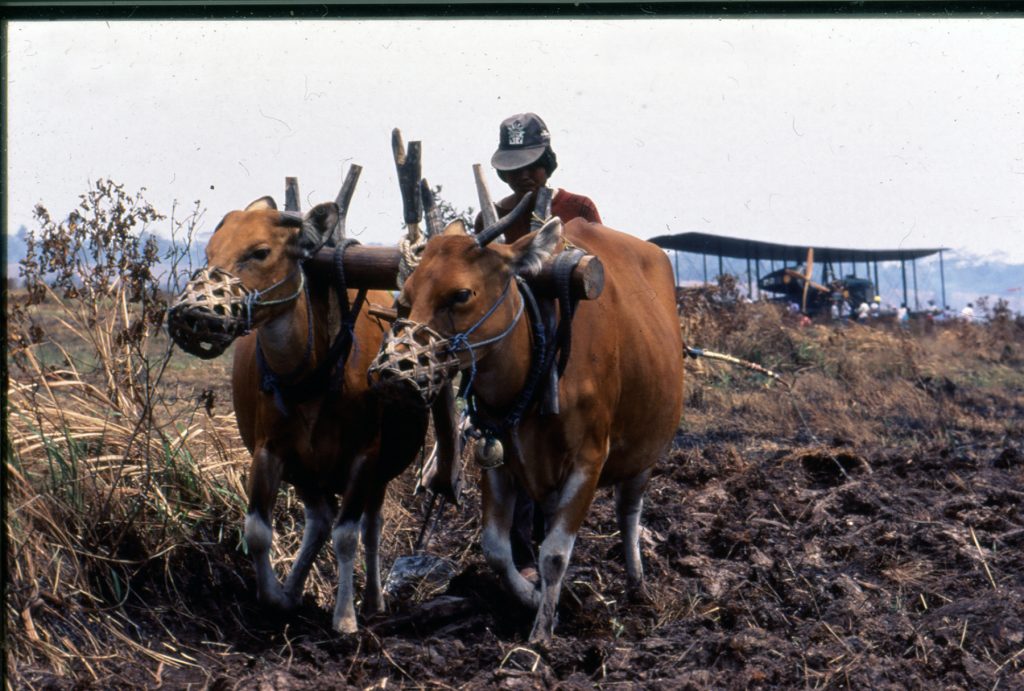

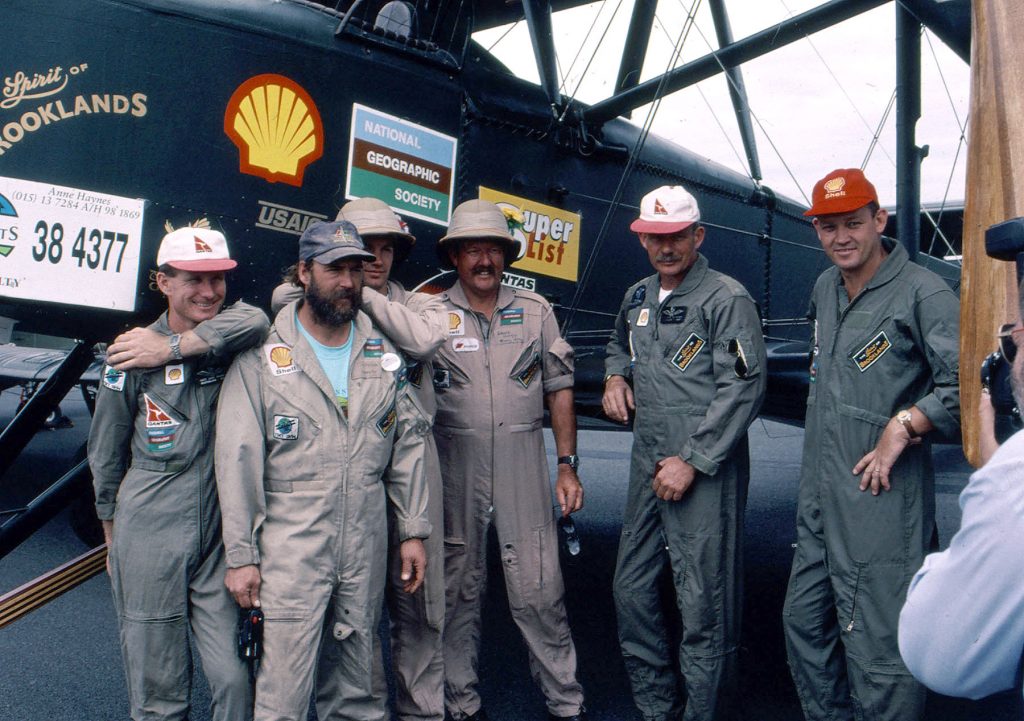

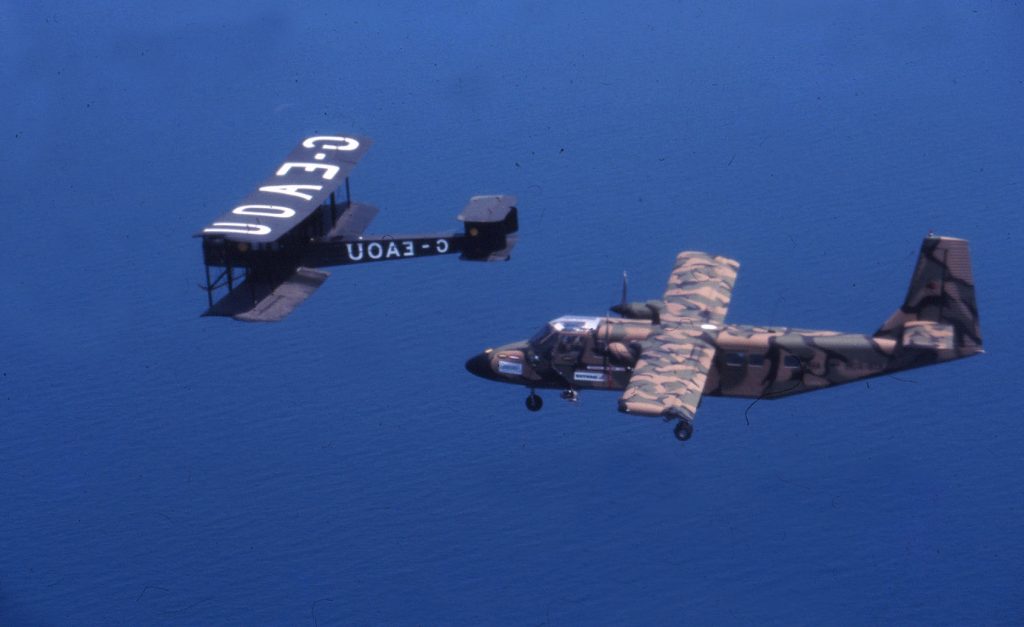
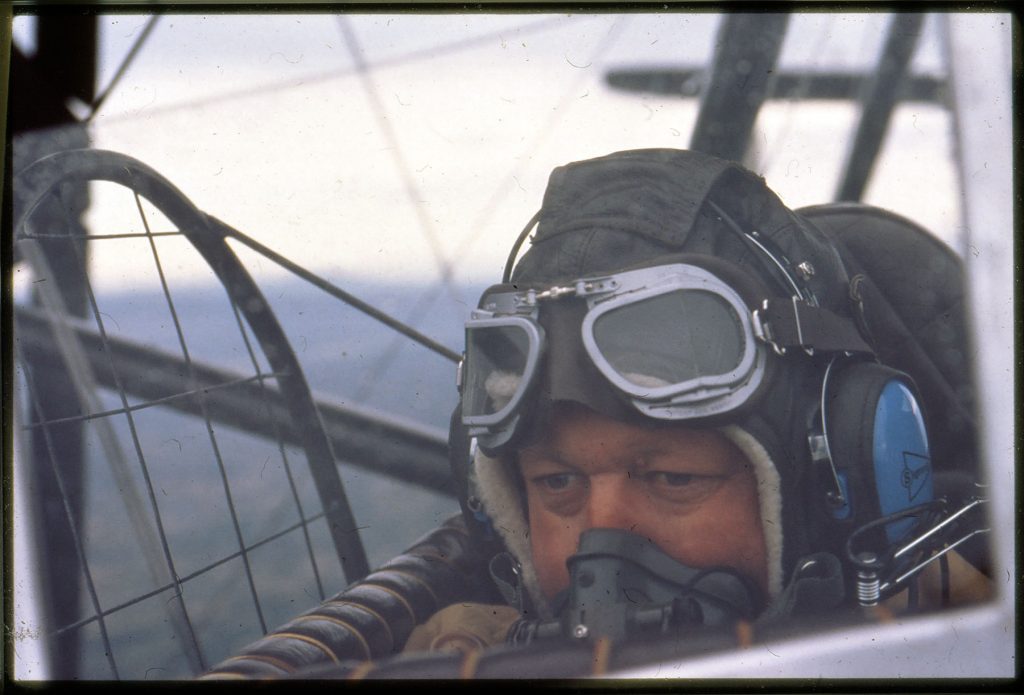

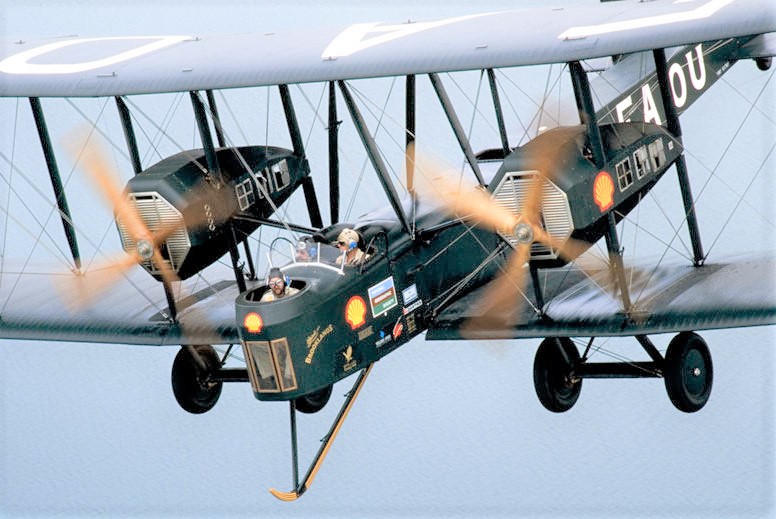
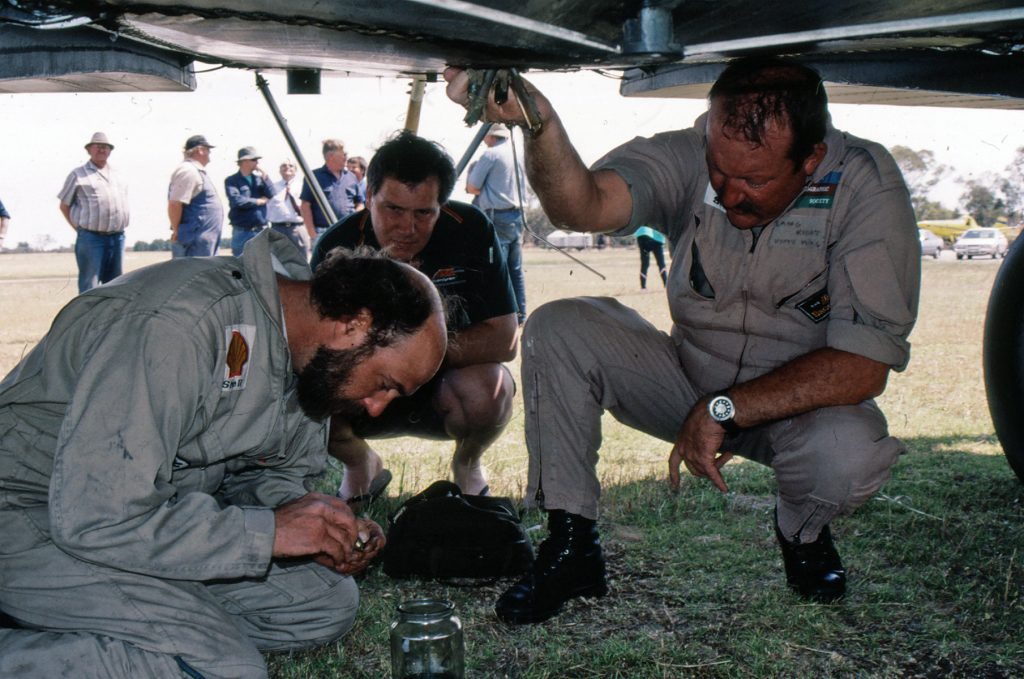
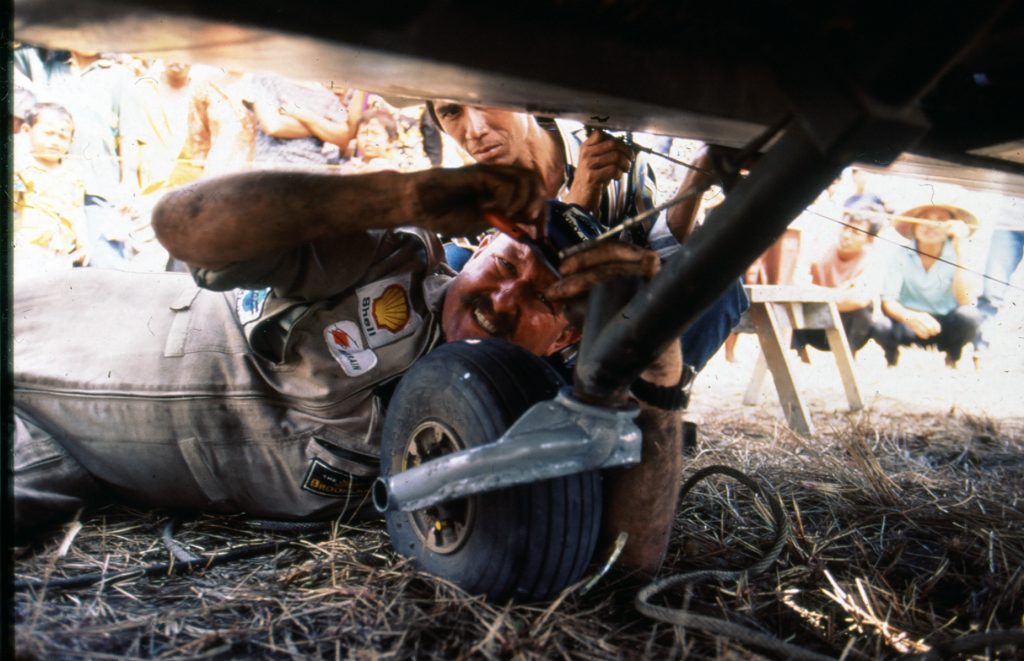
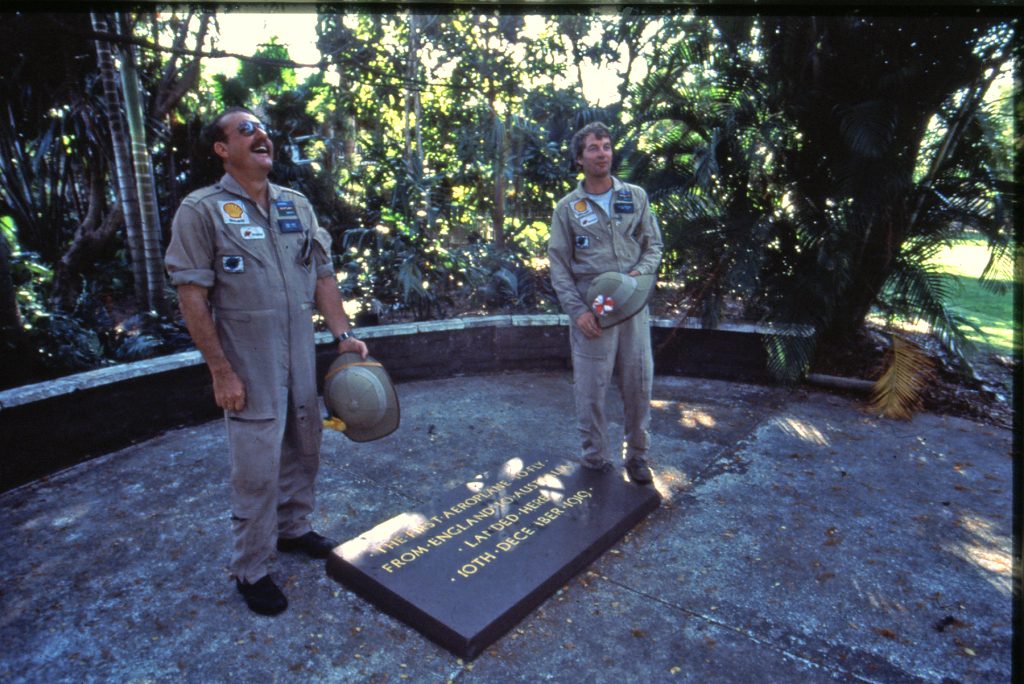
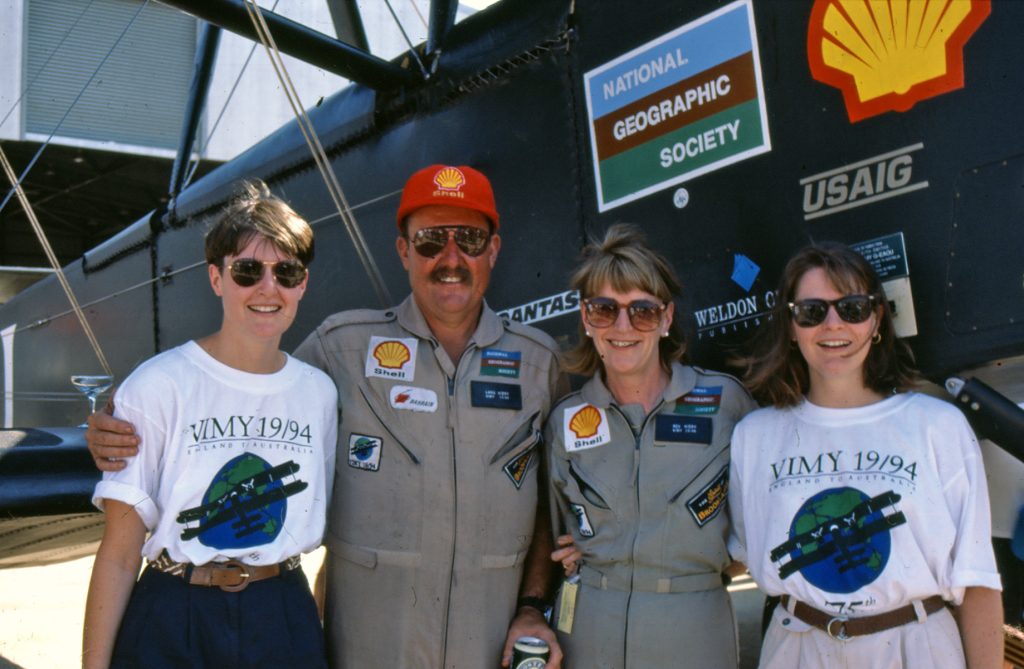
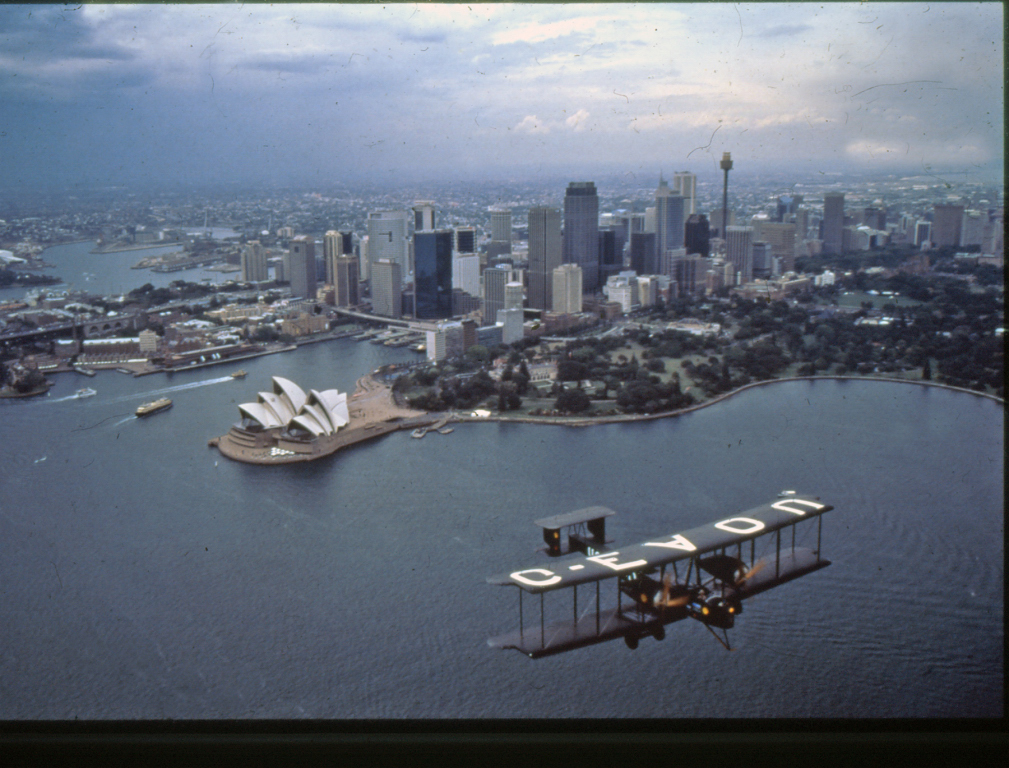
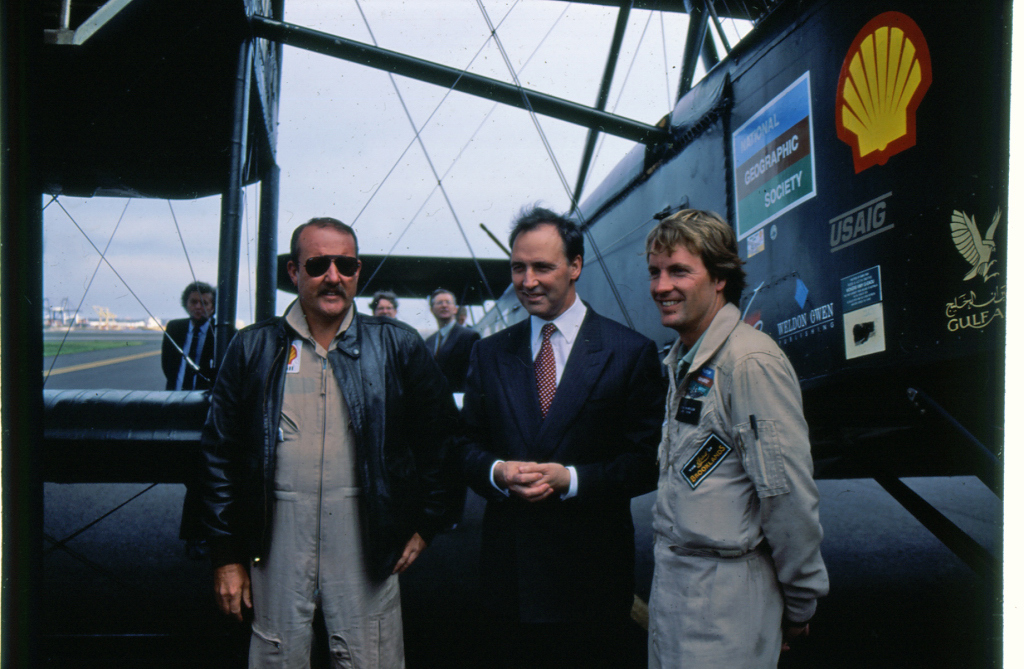
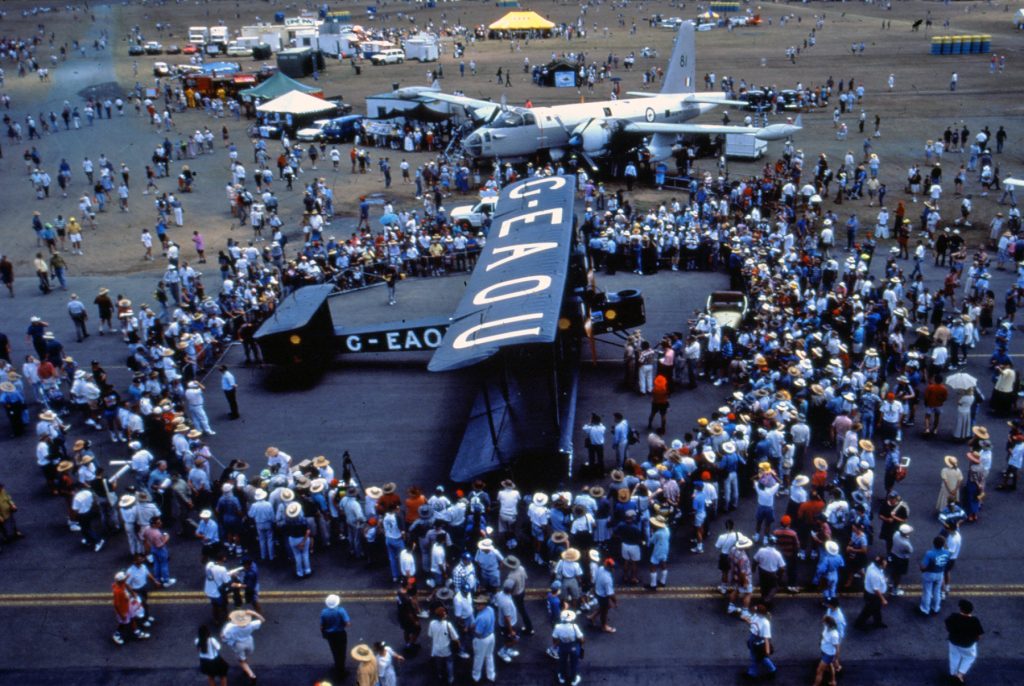
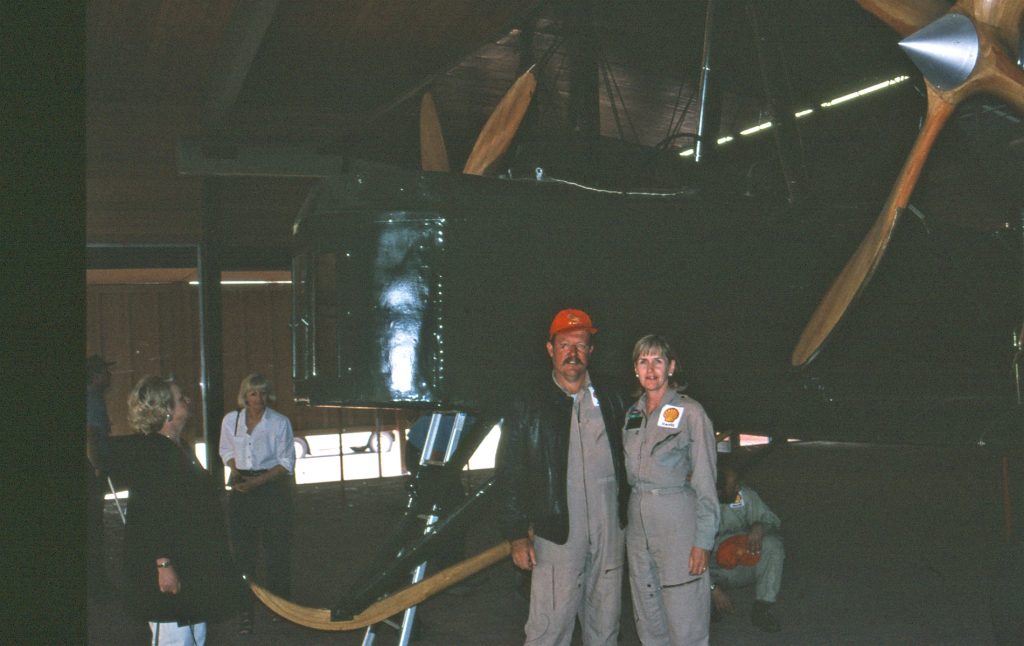
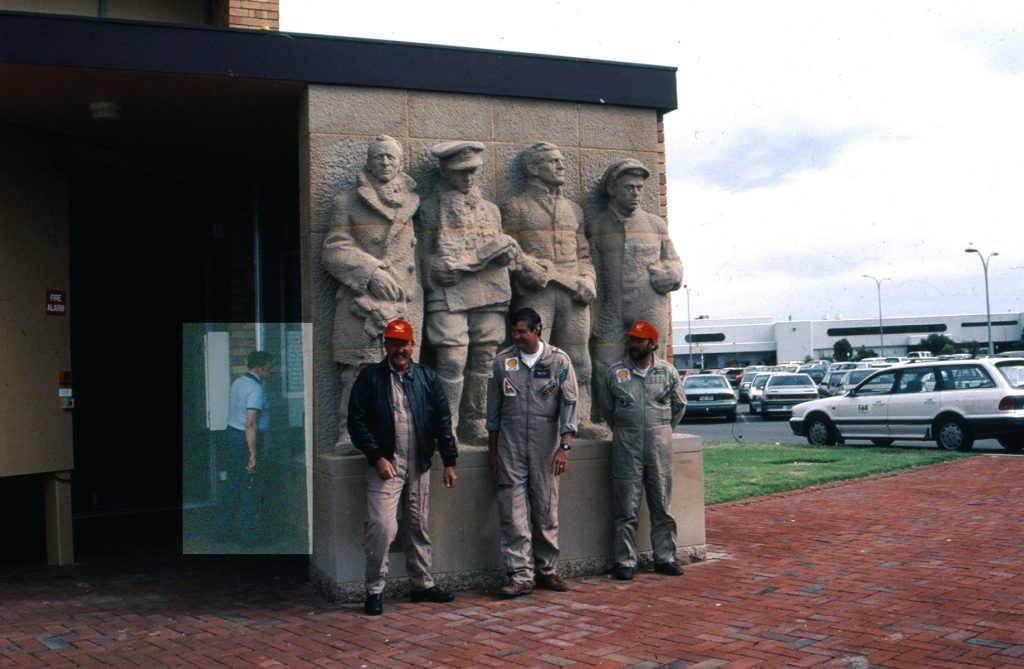
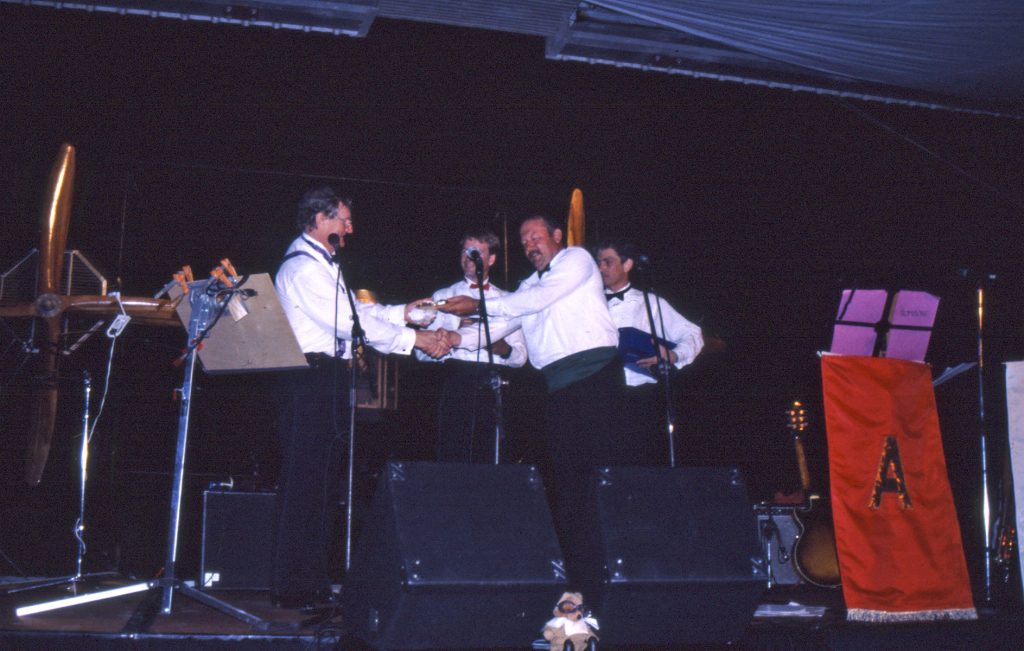
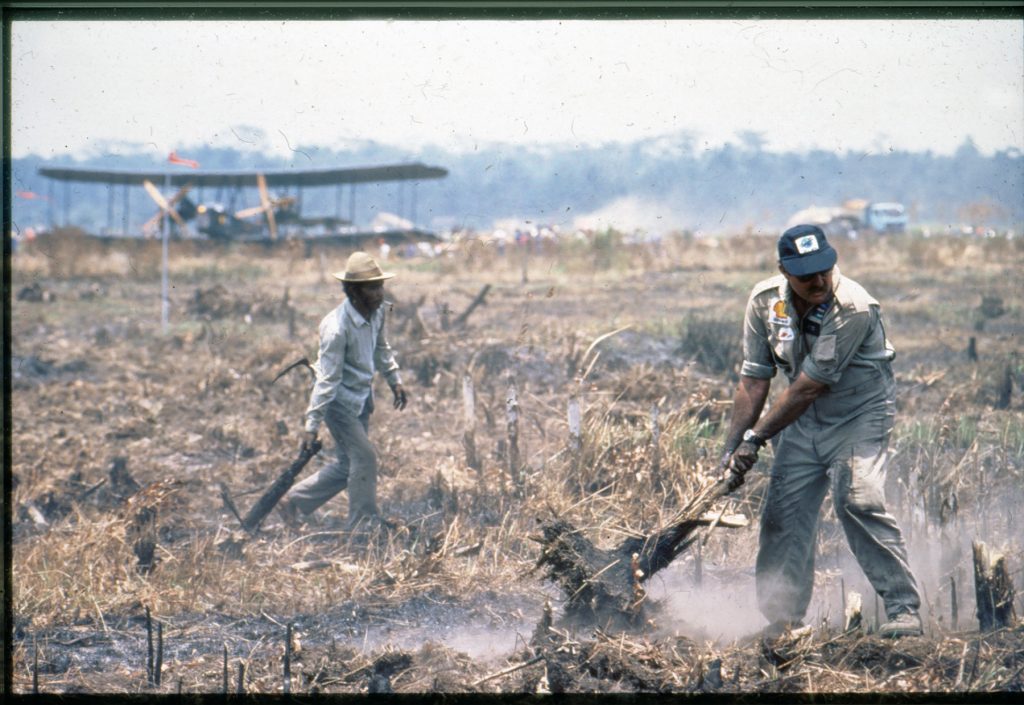
Seventy-five years earlier in 1919, Australia’s Prime Minister William (Billy) Hughes had offered a 10,000 pound prize to the first Australians to make the 17,700-kilometre-long journey from England to Australia in 30 days or less. One of the Australian’s most decorated World War 1 pilots, Ross Smith, his navigator brother, Keith and two ace mechanics flew a Vickers Vimy to finish first – an astounding feat at the time.
The idea that took hold of Kidby and me was to remind the world about these courageous men and their daring achievement. For the seventy-fifth anniversary of the flight, we would build a brand-new Vimy and fly it from England to Australia.
Ross Smith had got his Vimy direct from the manufacturer. Six tons, thirteen metres long and with a 20-metre wingspan, the twin engine biplane was a state-of-the-art heavy bomber.
We wanted to duplicate the original as closely as possible, from the hand-sewn cotton fabric on her wings to her steel bracing wire, so our Vimy was painstakingly re-created from the original plans. But we could not avoid a few changes. In place of the Rolls Royce eagle V111 engines, which have not been made for 70 years, we installed two Chevrolet V8 racing-car engines. To deal with air-traffic controllers, who did not exist 75 years ago, we added radios and navigational equipment. It took us two years and 20,000 man hours to finish.
We began our flight on September 11, 1994 at the Farnborough International Air Show south of London. As a QANTAS 747 did a low-level flyby, I pushed the throttle forward and accelerated down the runway.
“One small step for a 747, and one giant leap for a Vimy,” the tower radioed. “Have a safe journey.”
Our route would follow the original flight southeast across France, Italy and Greece to Egypt. Then we’d go east across Saudi Arabia, Bahrain, Qatar, the United Arab Emirates, Oman and Pakistan to India before turning south through Bangladesh, Myanmar (Burma), Thailand, Malaysia and Singapore to Indonesia then east again to Australia.
Taking off on November 12 1919, with nothing but the clothes on their backs and a toothbrush apiece, Ross Smith and his crew headed towards France. There they ran into a miserable mix of sleet and snow. “This sort of flying is a rotten game,” Ross wrote in his dairy. “I am a silly ass for having ever embarked on the flight.”
We also ran into stormy weather over France, getting thoroughly soaked in the Vimy’s open cockpits. Fighting a strong head wind, we could only make 80 kilometres an hour. Then the big plane’s nose began to dip and rise like a yacht in high seas from Kidby’s hands. The sky darkened to an evil brown, lightning flashed all around us, and the rain slashed down.
We were already behind schedule by the third day when we reached Pisa, Italy. When we tried to depart the next morning, we again hit severe headwinds. At one point our ground speed was down to 30 kilometres and hour. As we flew above the road, we noticed a small red car pass us, then stop at a kerbside stand, where the driver hopped out to make a purchase, I saw him return to the car, get in drive off again – and we still had not caught up.
“We will never get anywhere at this rate” Kidby said, so we returned to the airport.
The sky brightened before we finally left Italy, and then Kidby took the wheel for the 320 kilometre crossing from mainland Greece to Crete, we were given a spectacular sun-drenched view of the Greek archipelago, with its azure waters and sculptured bays.
As we made our descent into Cairo the next day, I was looking forward to seeing the Pyramids from the cockpit of the Vimy. But a misunderstanding almost got us shot down over Giza during a dawn tour of the ancient monuments.
“You really stirred up a hornets nest,” an Australian embassy official after the Vimy 1 had landed.
“What do you mean?” we asked.
“Air Defence Command had anti-aircraft weapons trained and ready to fire.”
“You’re joking. We had permission to make that flight.”
“Maybe so, but nobody told the officer commanding the restricted military area beside the Pyramids. He was furious. He even asked his superiors for permission to shoot.
With the help from the Australian embassy, we eventually defused the situation. Feelings were still tender about our brazen flyby for the next two days, however, during which fog and red tape kept us on the ground.
Although we had flown many old aircraft over the years the Vimy had very stubborn ways. Like an old cart horse, she wouldn’t do anything in a hurry.
Kidby and I alternated days in the pilot’s seat, during which time we had to keep both hands on the wheel and both feet on the rudders for as long as ten hours at a stretch. Because of the cramped cockpit, my back would ache and my feet would fall asleep.
To make matters worse, Kidby and I couldn’t hear each other over the deafening roar of the two engines and the whine of the propellers. We had to communicate by written notes.
In Bahrain the Civil Aviation Affairs Department and Gulf Air threw us a big welcome party, complete with Bedouin tents and horsemen draped in white robes and ammunition belts across their chests. A 15,000 strong crowd surrounded the desert runway, Kidby put us down smoothly despite the crosswind.
When it was my turn to leave, though, I became worried. The area on which we had landed was less than half the length of a small town runway – and we’d be taking off over the crowd.
“I’m not sure about this,” I told Kidby. “If you don’t think you are going to make it, you need to tell me to chop the throttles, I don’t want to turn this into an ugly incident.”
I rolled the Vimy forward and accelerated down the gentle hill with as much confidence as I could muster. The plane started moving faster, and the crowd of people got closer and closer. To see over the nose of the deep cockpit, I loosened my seat belt and stood up. Then we lifted off the desert floor, clearing the crowd, tents, banners and flagpoles by less than 75 feet.
“Now that wasn’t so difficult, was it, mate?” Kidby said.
Lumbering east across the Gulf of Oman three days later, we skirted the coast of Iran and crossed into Pakistan. At Karachi we learned that the flight plan approved months before by the authorities was no longer possible.
Because of the tensions along the border with India, where the Pakistani Army was conducting manoeuvres, air-traffic control now required us to cruise at 21,000 feet to avoid trigger-happy soldiers.
That was more than five times the altitude the Vimy could reach with a full load. The authorities were studying a new route, but they had to co-ordinate everything with their Indian counterparts.
“Why can’t we just get on with it?” said Kidby “They didn’t have to put up wit this in 1919.”
When Ross Smith and his team made the journey, their route had traced the outlines of the British Empire, from Egypt to India to Australia. Our trip, by contrast, took us to 19 independent nations, each with their own security demands. We spent as much time at airport offices as we did in the air.
Following some nine hours of discussions, we eventually obtained approval to take the route to Delhi that avoided the military exercises. Shortly after sunrise the next day, we were back in the sky.
A steam train crawling along a narrow-gauge railway told us we had reached India.
To be ready for a dawn flight over the Taj Mahal, we had to make a short flight the next day to Agra, 190 kilometres to the southeast. At first light we took off from Agra over the Yamuna River, one of the tributaries of the Ganges, and followed it to the Taj Mahal. As we circled the elegant structure, I saw an iridescent pearl in the first rays of the sunlight, recalling smith’s description of “a matchless white jewel reclining in a setting of Nature’s emeralds.”
Trouble with the starboard engine started almost a week before our forced landing in Sumatra. When we took off on the 24th day, the motor sounded as if it was missing a cylinder. As we were leaving Bangkok, the engine was so sluggish I wasn’t sure we would make it over the city centre buildings.
That afternoon, after dodging thunderstorms in the Gulf of Thailand, we made an unscheduled landing on the island of Langkawi in Malaysia because the engine was vibrating badly. Replacing a spark plug got us as far as Singapore, but two days later Vimy broke down over Lampung Province in Sumatra, and we belly-flopped into the rice field 225 kilometres short of Jakarta.
By October 15, six days after our crash landing, a steady stream of villages in holiday mood flowed in and out of the trampled paddy. The noisy chatter of the crowd was punctuated by the honk, honk of bicycle horns from flavoured-ice vendors doing a brisk business in the stifling heat.
With little sleep, eyes stinging from the smoky air and only the most basic of hand tools to work with, we were filthy, weary and desperate to escape. But first we had to repair the landing gear, straighten the collapsed tail strut, replace the starboard engine – and build an airstrip. A spare V8 was shipped from Australia.
After eight hours of manhandling the new engine into place, it was time to say goodbye. Our tyres sank into soft spots as we bounces down the runway, and lifted into the air.
“We made it!” Kidby shouted.
I didn’t share his jubilation. Though I was just as relieved that we had escaped, I wasn’t sure the aircraft could reach Jakarta, let alone Australia, 2700kilometres away. Flying would now be an exercise in suspense.
The new engine ran smoothly, however, on the flight to Jakarta.
Then we headed east across Indonesia, hopping between islands – Bali, Sumbawa, Timor. We hardly spoke during the long hour of flying. I found myself unconsciously tightening my seat belt.
As we left the coast of Timor behind, I kept looking over my shoulder, watching the last bit of green disappear on the horizon. I was not looking forward to flying over the Timor Sea. Our engines were running adequately, but each time we hit a bit of turbulence, their note changed, making my pulse race.
Three hours later I spotted a few yachts and marked their location in case we had to ditch. We were still three hours from land. If an engine failed now, the aircraft would sink without a trace.
“Over there,” I said at last, pointing to a thin line in the haze. “That’s Bathurst island, right?”
“Yep,” Kidby said. “Welcome to Australia.”
We made landfall over Darwin, and I looked down on Fannie Bay, site of the original journey’s landing.
“Vimy 1, cleared to land,” the control tower told Kidby. “Welcome back to Darwin after all these years.”
Our wheels touched down on Australian soil at 3.09pm., October 22. We had taken two weeks longer than Ross Smith and his crew in 1919 but we didn’t care.
As we stood in the long shadow of our plane, I saw the names and greetings in Arabic, Hindi, Malay, and other languages traced in the dust that clung to the wings, and I recalled the faces from our 17,700-kilometre flight. I understood then what Smith had written about his moment of glory: “Hardships and perils were forgotten in the excitement of the present. We shook hands with one another, our hearts swelling with the emotions invoked by achievement and the glamour of the moment. The flight was, and will be, the supreme hour of our lives.”
Peter McMillan, from National Geographic (May ’95) Washington D.C.
Postscript: Bev Kidby.
Not completely an outsider looking on, as I am Lang’s wife but I was very involved with the two main players every step of the way. From the time they returned from their camping trip on Moreton Island, Brisbane Australia in December 1992 to arriving in Darwin October 22 1994, and then Adelaide on the 11th November 1994 I was part of the bigger than Ben Hur extravaganza.
We started constructing the Vimy in Australia but realised very quickly because of the CASA bureaucracy it would never fly here. So from March 1993 we had workshops on two different sides of the world, with Lang going backwards and forwards. Then in November 1993 Lang packed up engines, gearboxes, propellers and fuselage from Australia and consolidated the whole project in San Francisco, USA. Lang moved in with Peter and I quit my job and arrived in California on Christmas Eve 1993.
Our daily routine during this period was Peter out of the house at 4am each morning headed to “The Pyramid” building in the centre of town to do his lucrative investment broking work which was, until we got sponsorship, the only income the project had.
Lang headed out across the Golden Gate Bridge to Hamilton Air Force base – a disused military airfield he had somehow secured for our use. There he was overseeing the operational side of the project bringing all components and workers together, creating the biggest homebuilt aircraft ever.
Most days I would get a bus into the city to an office made available to us by John Owen in his book publishing company office. There I spent the day doing the bookwork and deciding who we could put off paying until the next lot of money became available. I also had the patience required to go to the airfield to do thousands of the rib stitches required on the Vimy’s massive cotton-covered wings which was a great thrill.
During this period there were many highs and lows but you quickly reach a point of no return and gradually the Vimy took shape and the first flight was achieved on July 30, 1994 by Lang and Peter Hoar an English pilot who had flown a Vimy replica that had been built in the 60’s in UK. (Sadly this aircraft had caught fire during a refuelling accident shortly after construction)
During the whole project Peter, Lang and I never drew a wage. All other full time workers were paid weekly.
Then on August 24th 1994 the Vimy was transported to England in a US Air Force C5 Galaxy with all the main players also onboard.
Our Vimy began it’s 75th Anniversary trip on September 11th, 1994 from the Farnborough Air Show.
During the trip Lang and Peter swapped day about to pilot the Vimy and the deal was Peter took off from England and Lang flew it into Australia. I usually flew aboard the Islander and when we landed set about organising accommodation for the 14 people we had in our entourage. We also had an Australian Army Nomad as a support plane and platform for the National Geographic film crew. In all we had five National Geographic staff, four support aircraft crew, two doing logistics which was Mark Rebholz and myself, Dan our Vimy mechanic, Lang and Peter, our main players.
Also along the way, for our sponsors, I did a daily diary in longhand and faxed it to the National Geographic office in the UK who would type it into something legible and then send it on to Shell.
Back to the main players, two very different people with the same aim, but different motivations.
I listened to Peter talking about his “time machine,” and realised he was more emotionally involved in the history and personal fulfilment of the flight but Lang in his own words has a very black and white view of the world. “If you can see it, it is real, if you can’t it is not there.”
All during the flight the financial burden and sponsor’s requirements were constantly resting on Peter’s shoulders. Where as Lang dealing with the operational side was able to face each hurdle, and there were plenty, and get the satisfaction from solving each problem as it presented itself.
Lang has been doing adventures most of his life and saw this as a chapter in the book not the book itself. Towards the end of the trip he spent the long hours in the cockpit planning the next adventure! This is when the recreation of Bert Hinkler’s solo flight from England to Australia, which he did four years later in a tiny original 1927 Avro Avian, was formulated. That flight was completely unsupported, no film or maintenance crew, just Lang in the Avian with me flying commercially and popping up every few days to help with clearances etc. This for Lang was far more of a challange and greater satisfaction.
In Sumatra after the Vimy’s forced landing Lang never saw it as the end of the flight. Rather, I have heard him say on numerous occasions, for him that week was the highlight of the trip.
In Darwin our bank in USA told me to cut up all our credit cards as we had reached the bottom of the barrel. Our commitment with National Geographic and the filming also ceased in Darwin along with our support aircraft which had also finished their job. But the flight was not over by a long way as we had always intended to take our Vimy home to Adelaide where the original is on display.
Our daughters Katrina and Kylie had arrived to greet us in Darwin with boxes of T-shirts and from then on the sale of these enabled us to buy fuel to continue the flight through Australia to Adelaide.
Peter had a commitment to our sponsors to complete the text for the National Geographic magazine so after Sydney he stayed behind and flew in when we reached Adelaide. Dan and Lang continued in the Vimy and Erik Durfey, who had done the electrics on the Vimy, came from USA to hire a small Cessna and became our support aircraft with me on board. Also Patty and Mark Rebholz followed us as far as Melbourne in the Belanca they had used during the Vintage Air Rally
I did occasionally on the trip get to fly in the very front of the Vimy – a prime seat, and on a few legs going to Adelaide flew in the cockpit beside Lang.
Bev Kidby
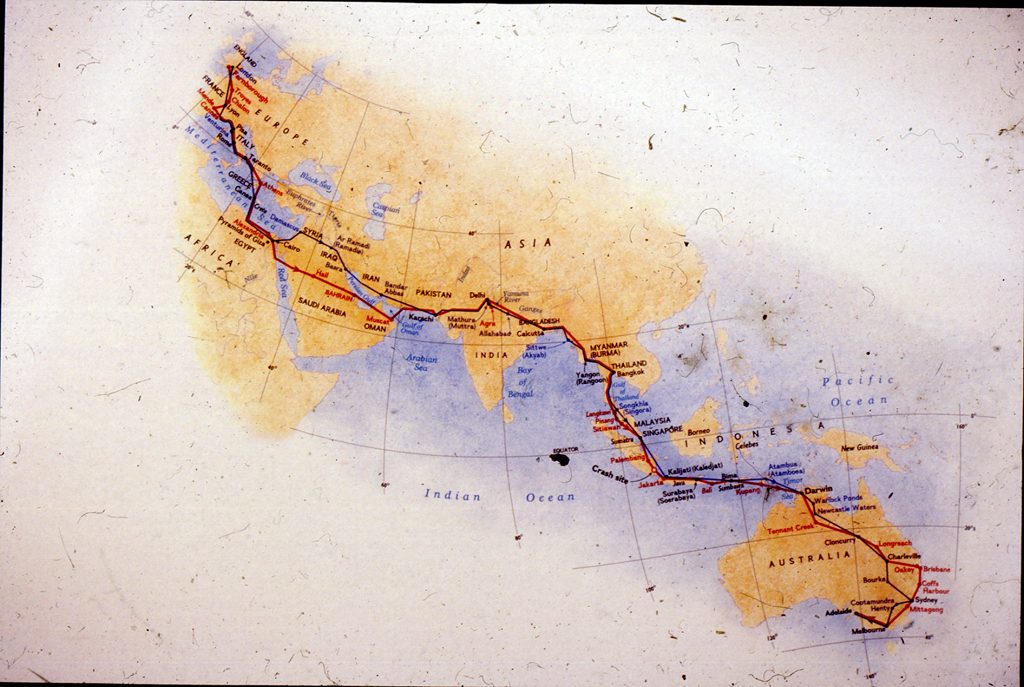
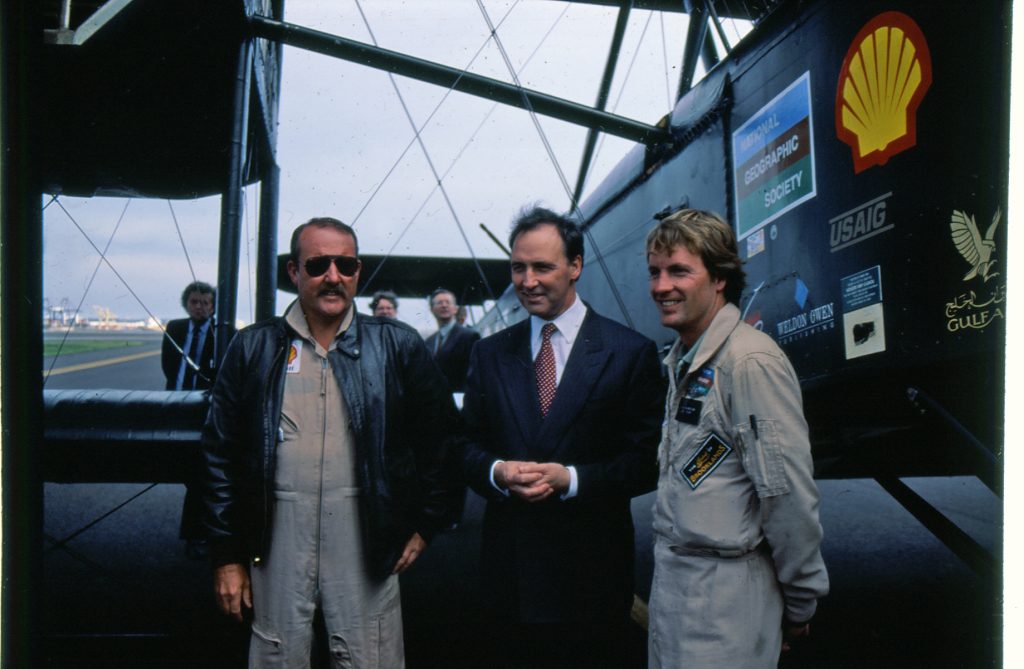
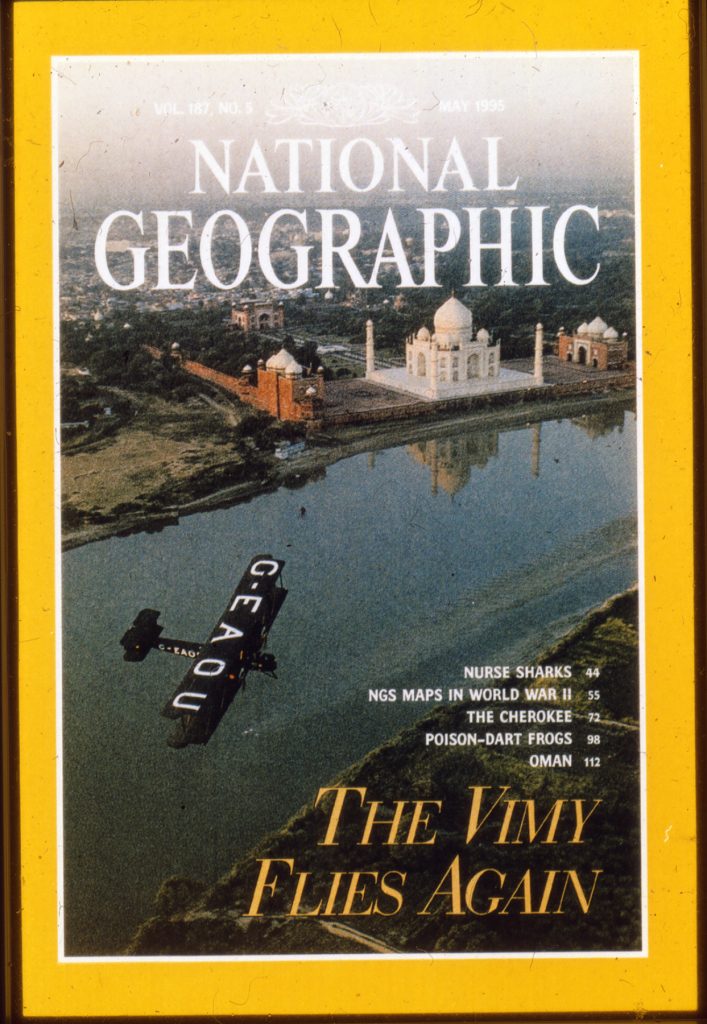
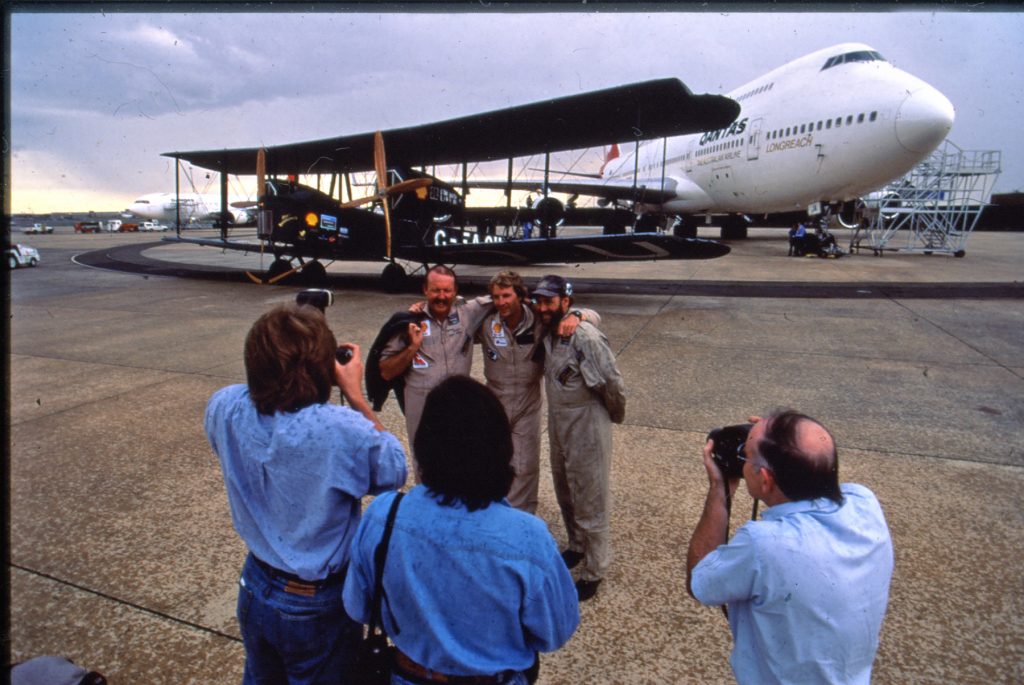
More detailed accounts of the trip are covered in the coffee table book
“The Greatest Flight published by Weldon Owen Publishing”
And the National Geographic film “The Greatest Flight”
